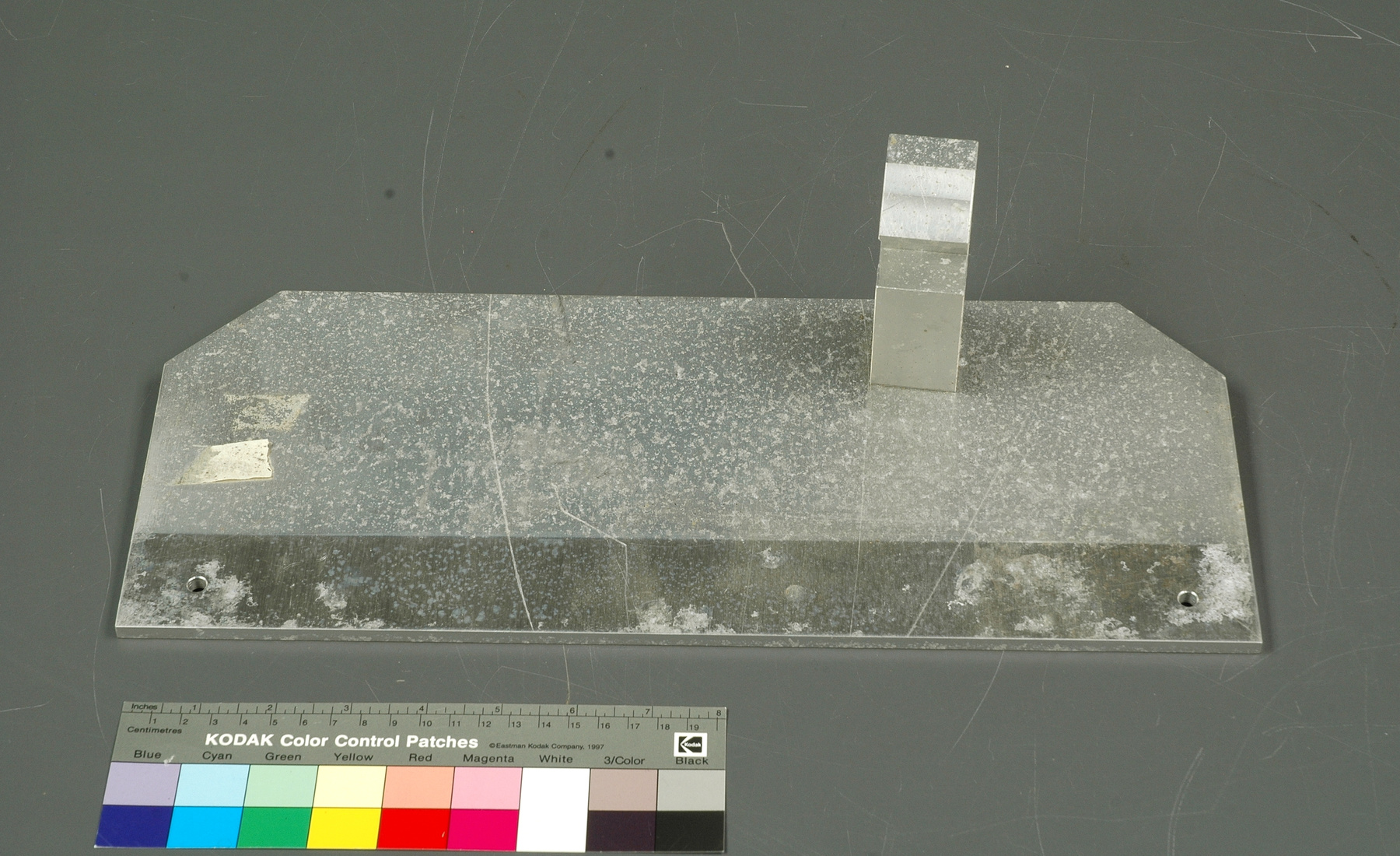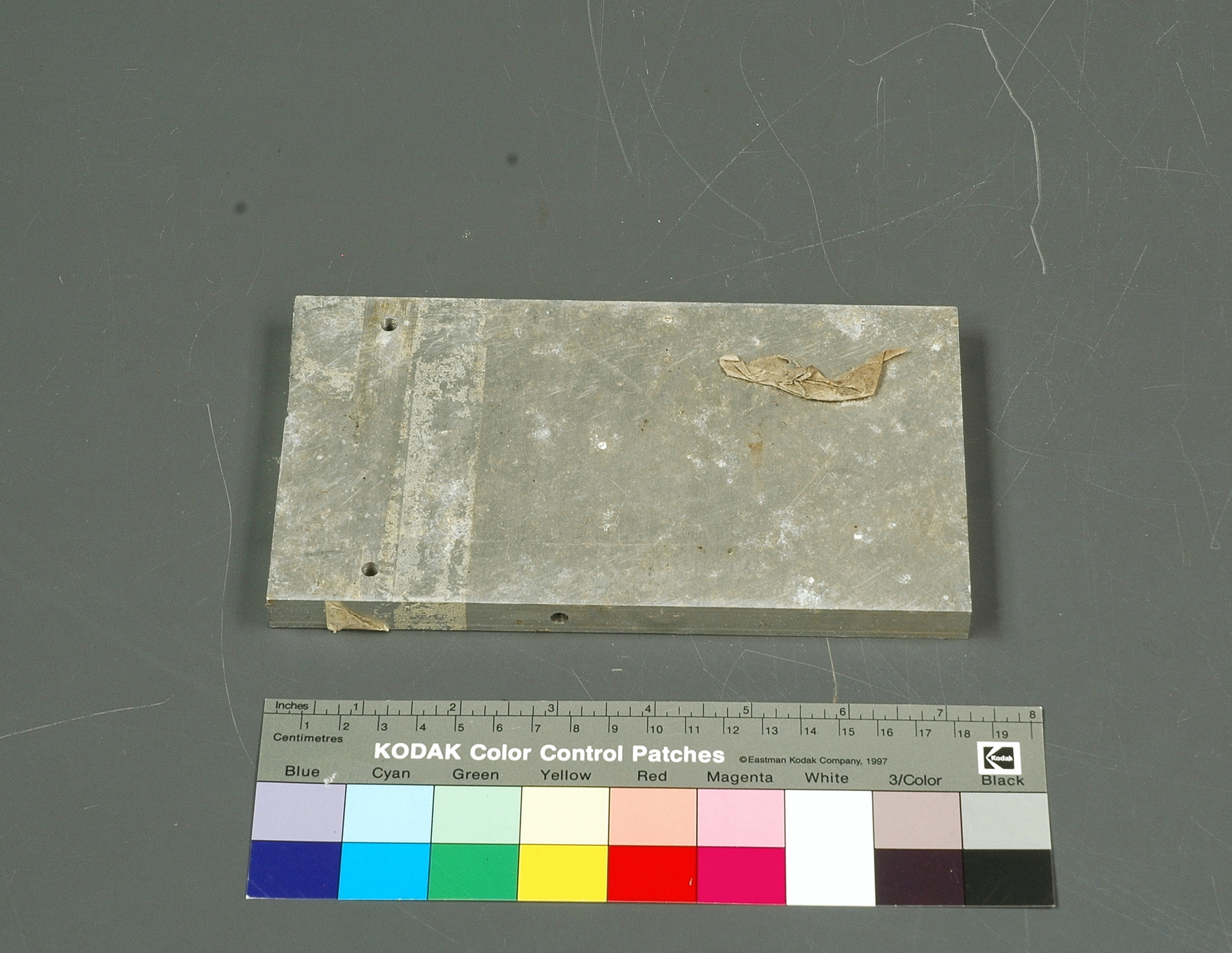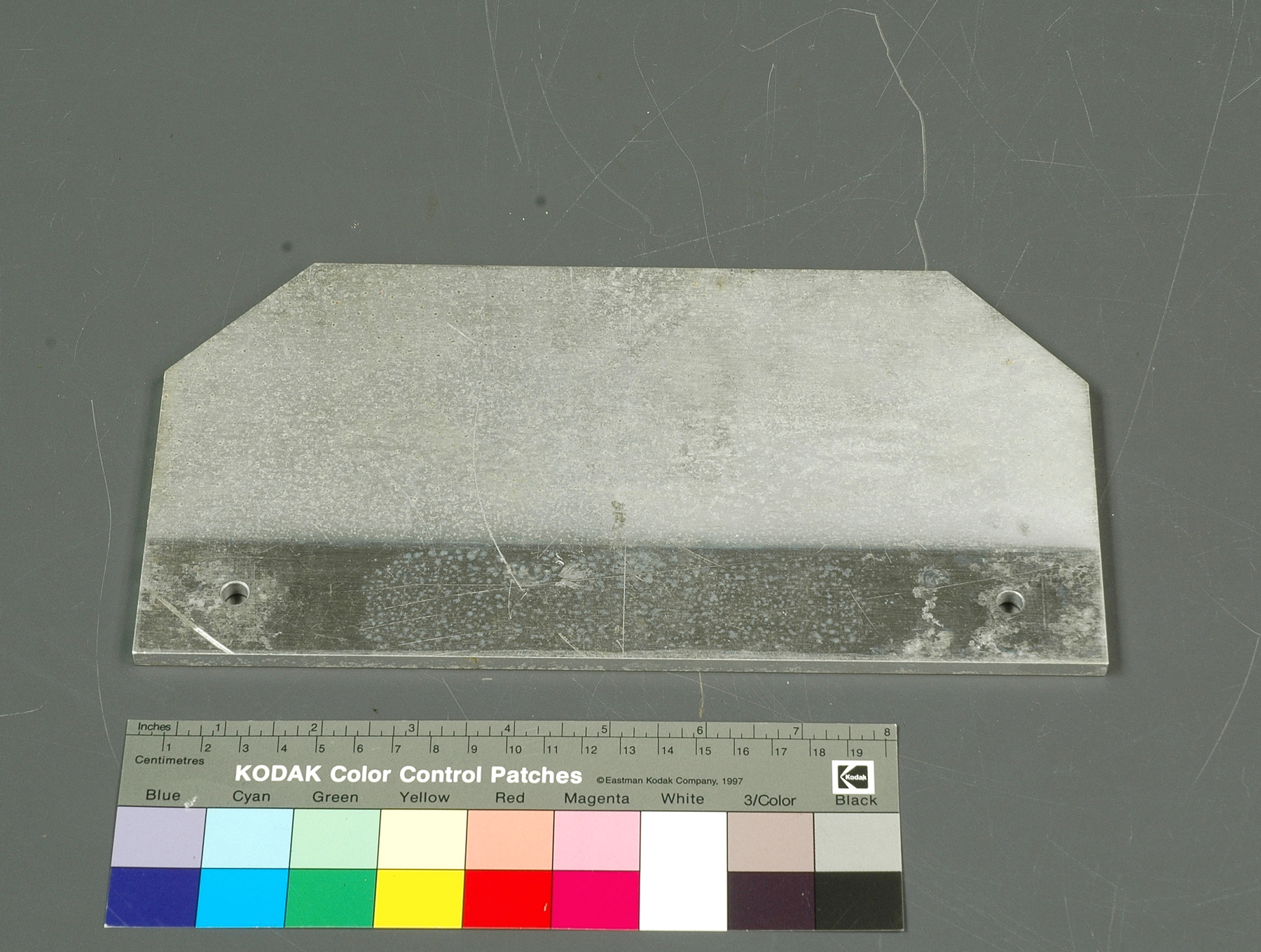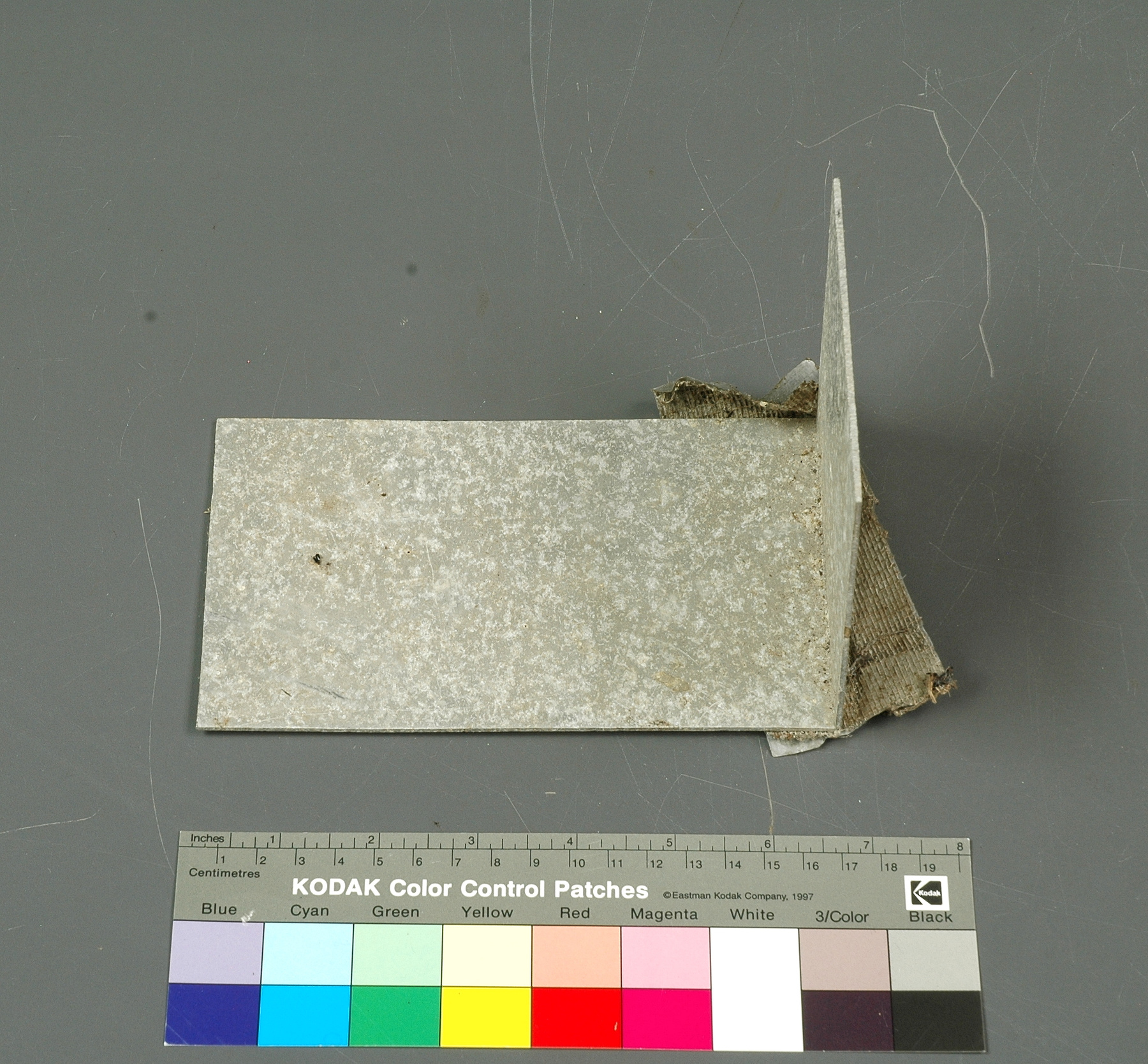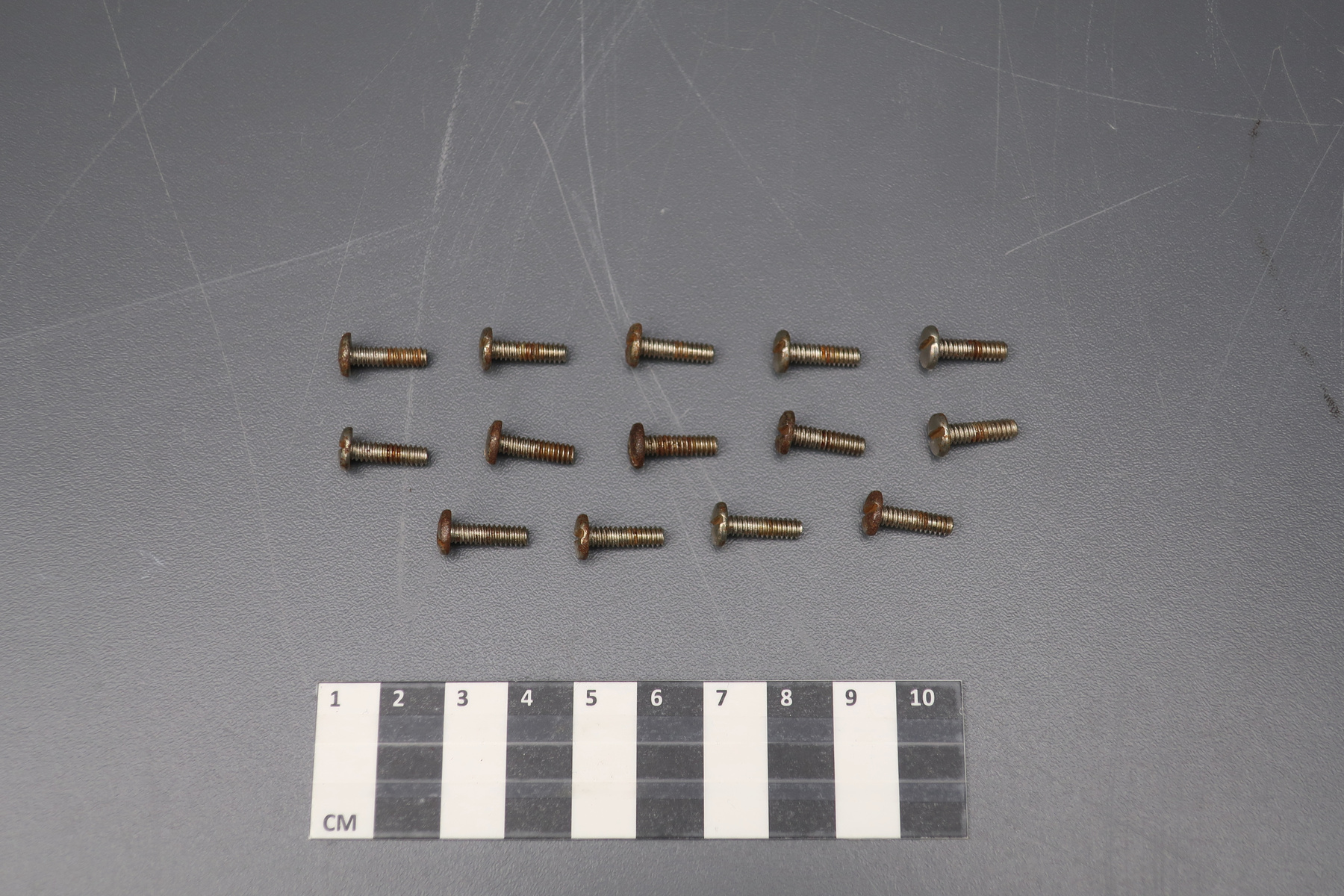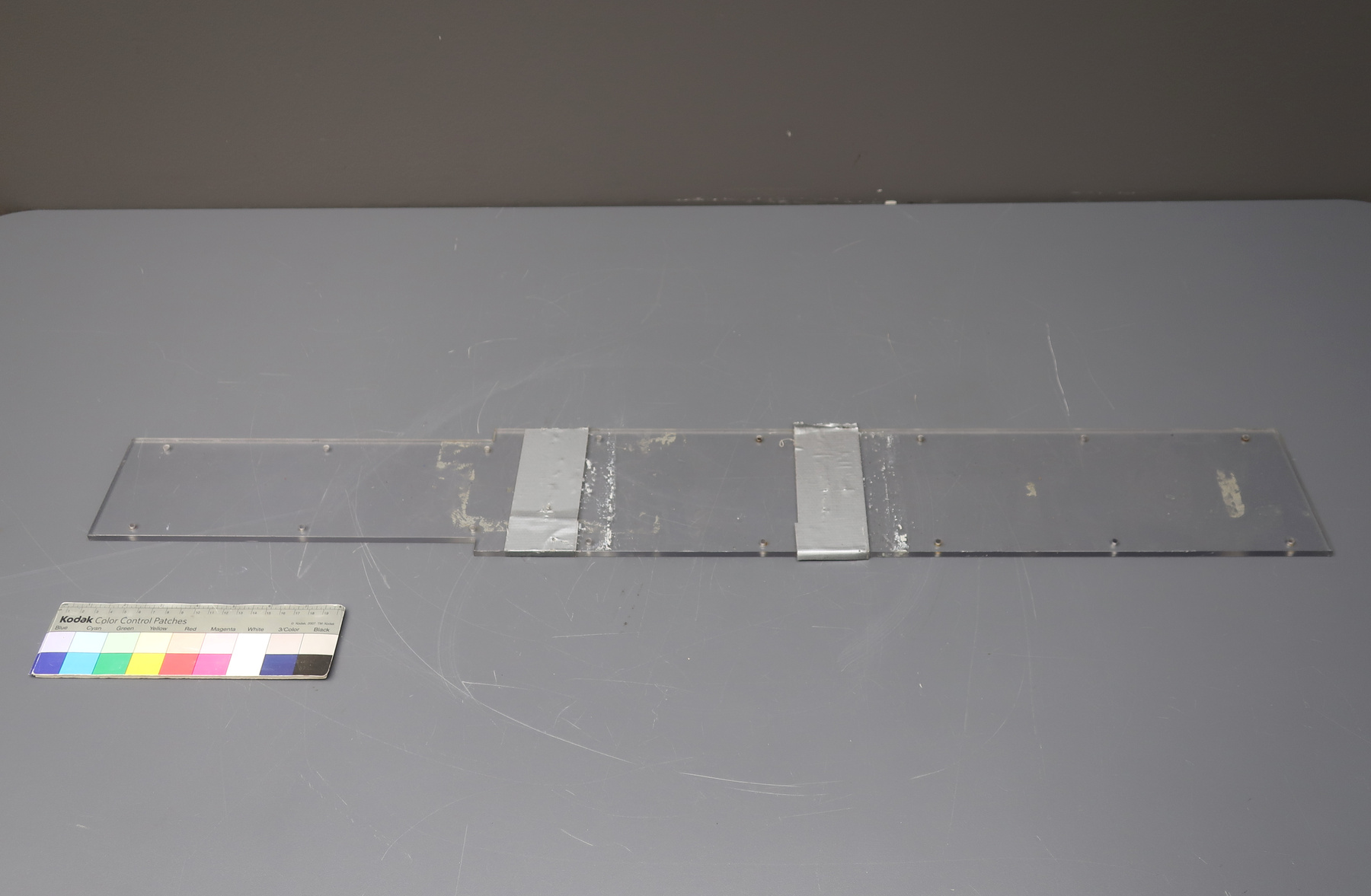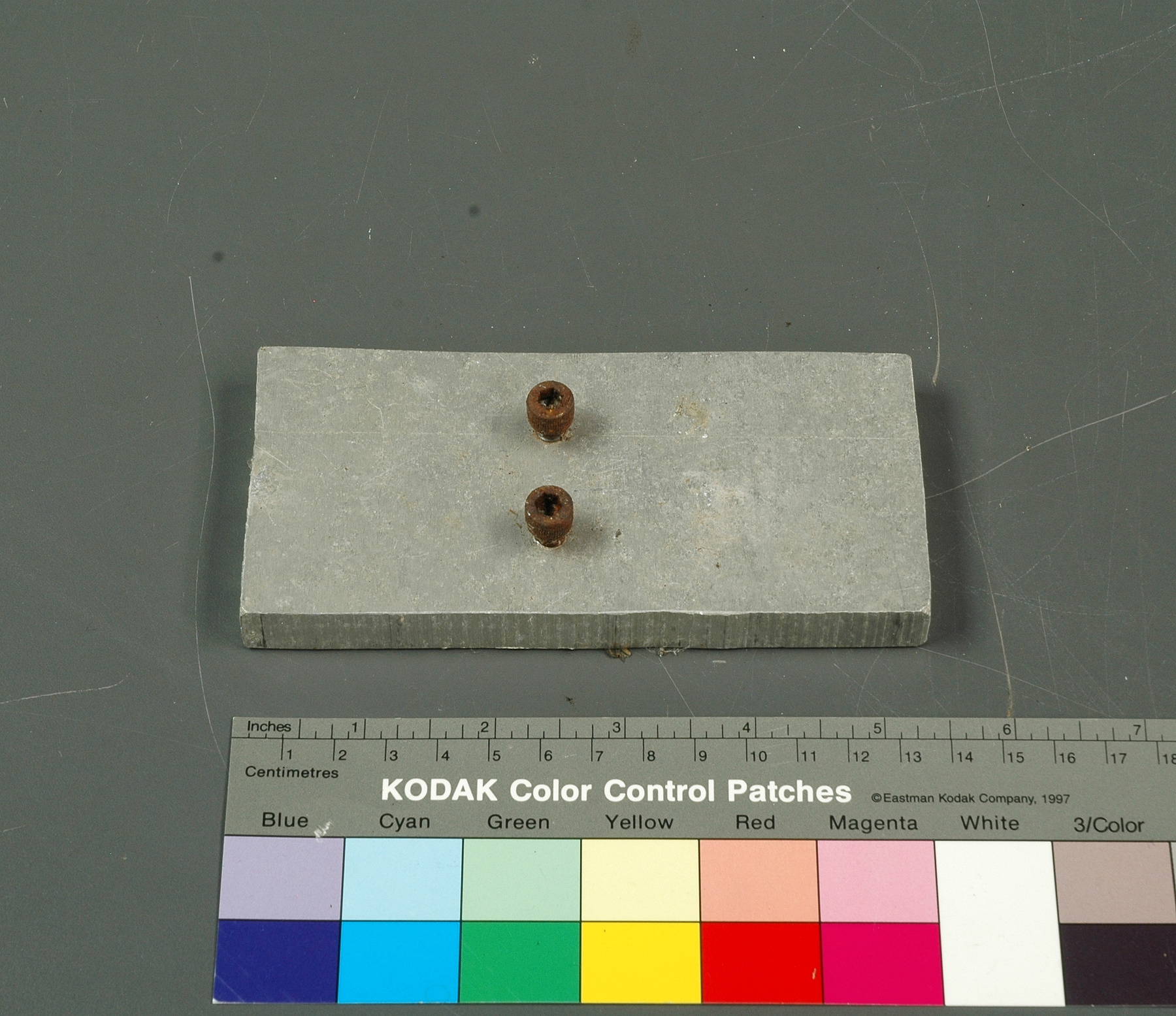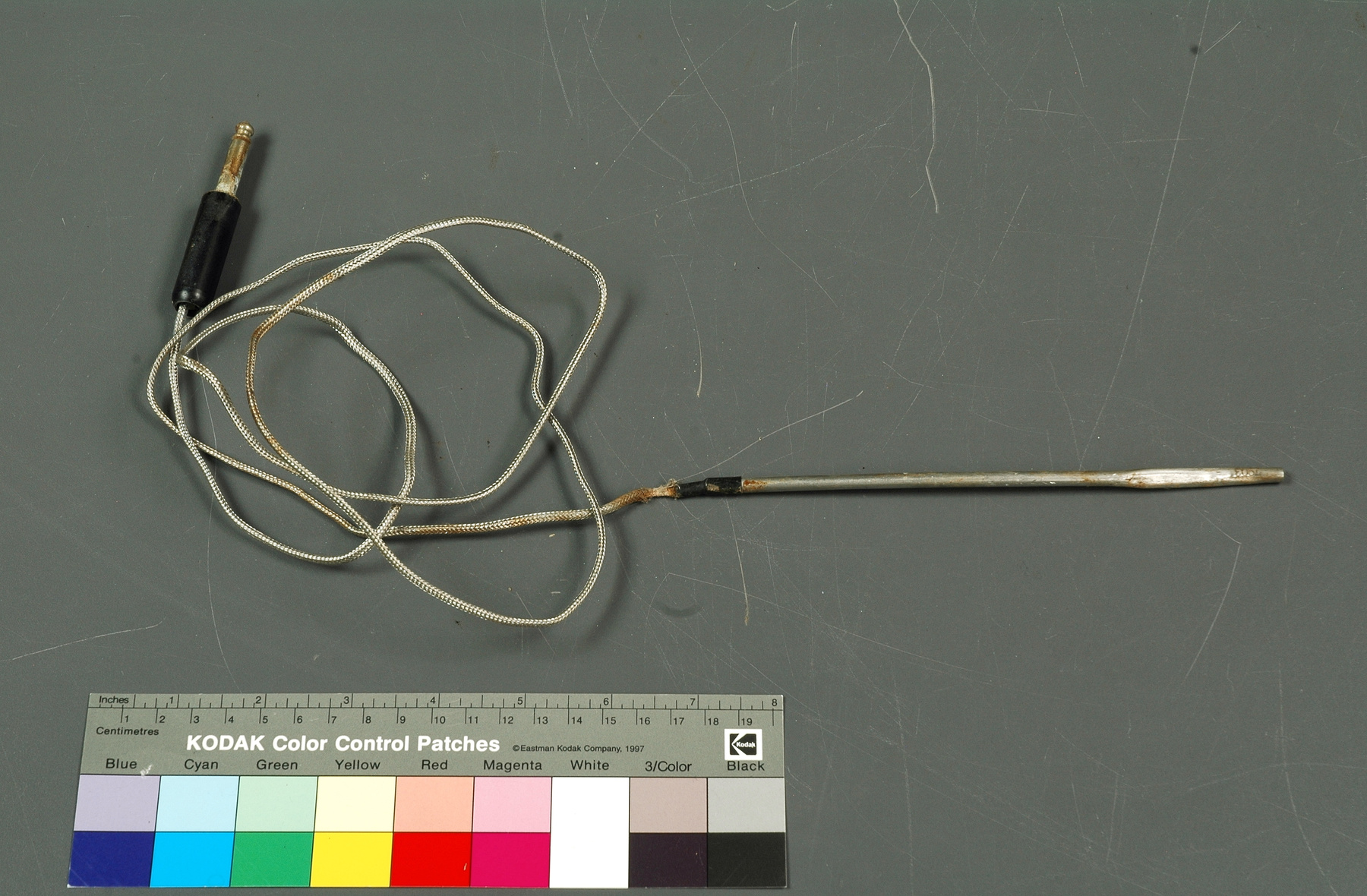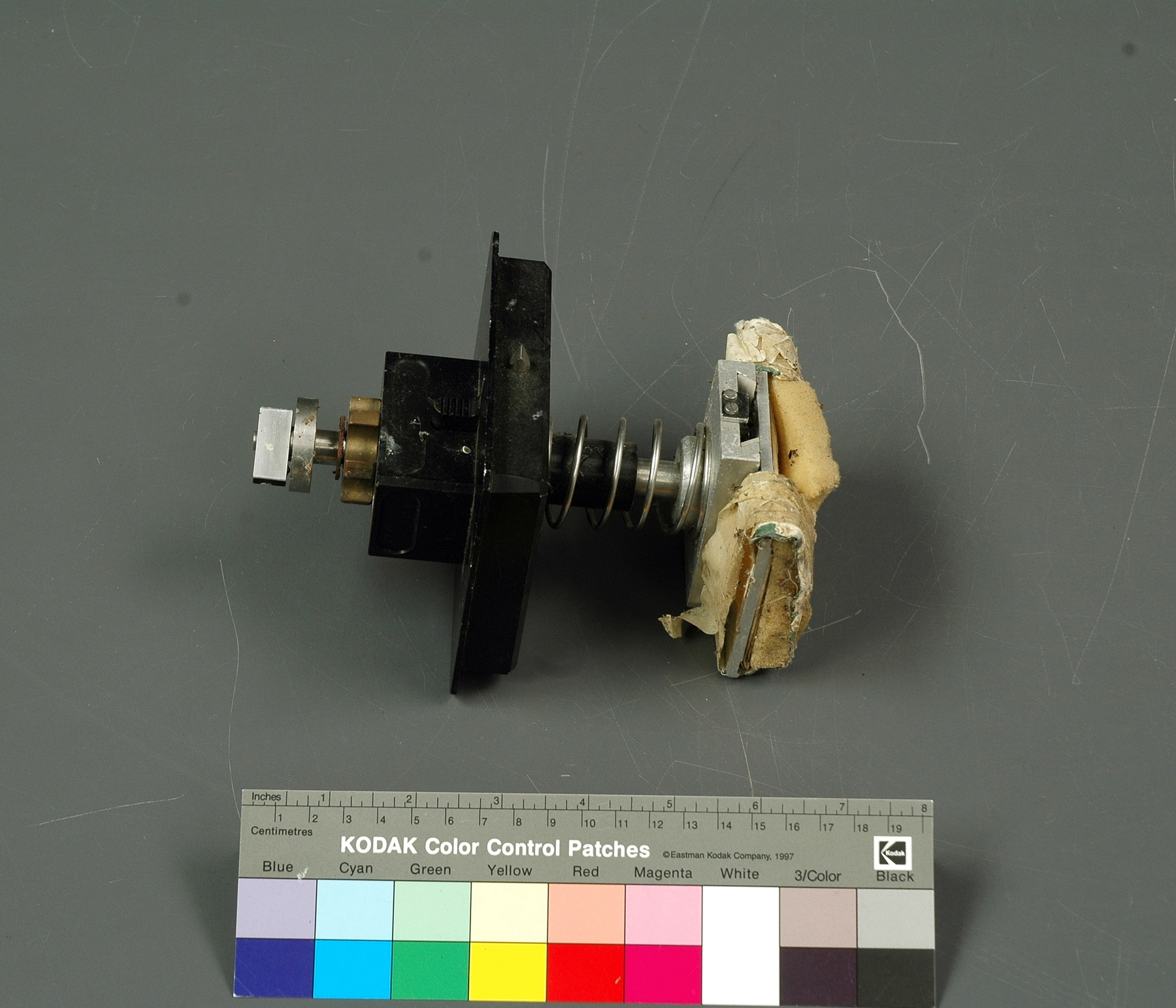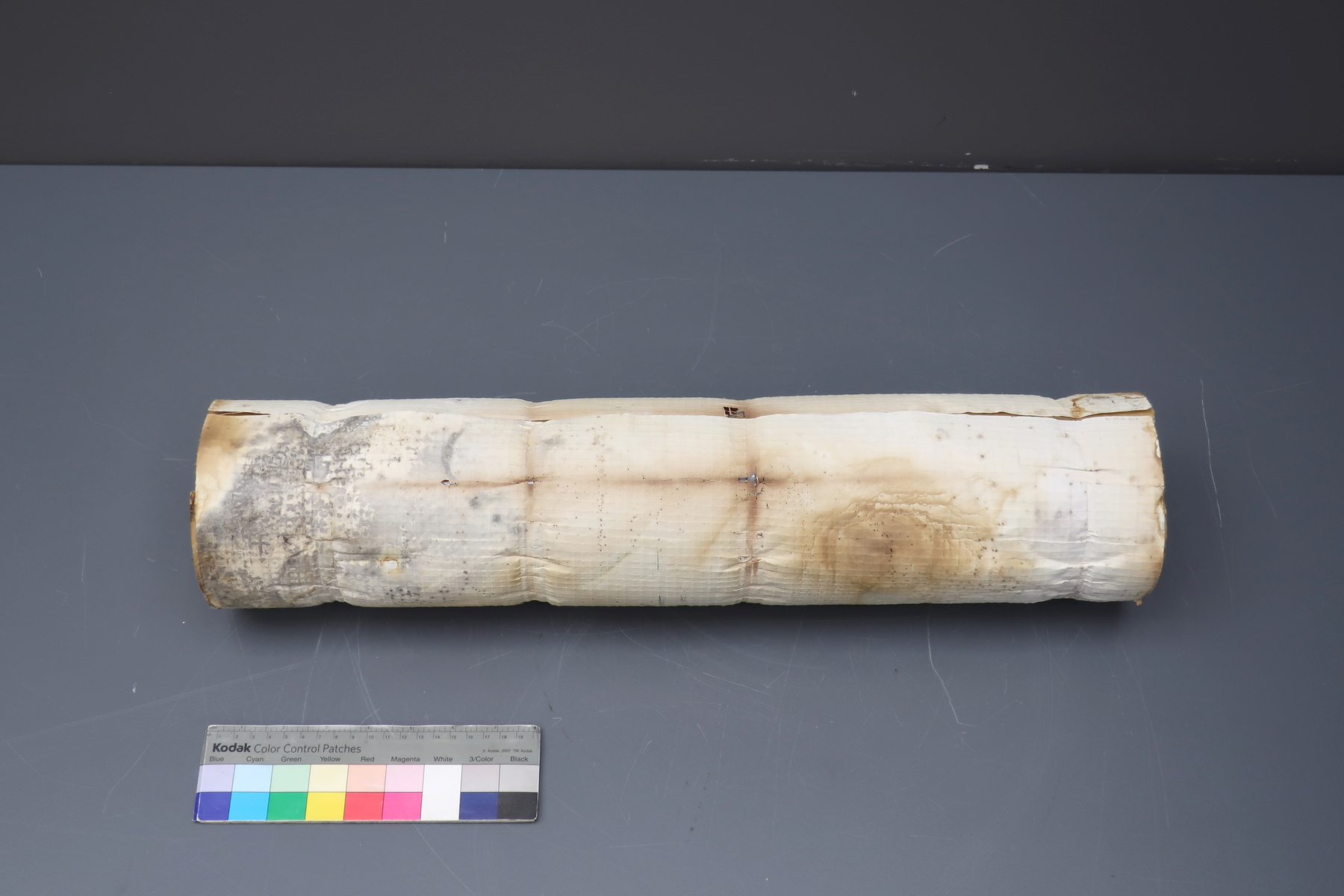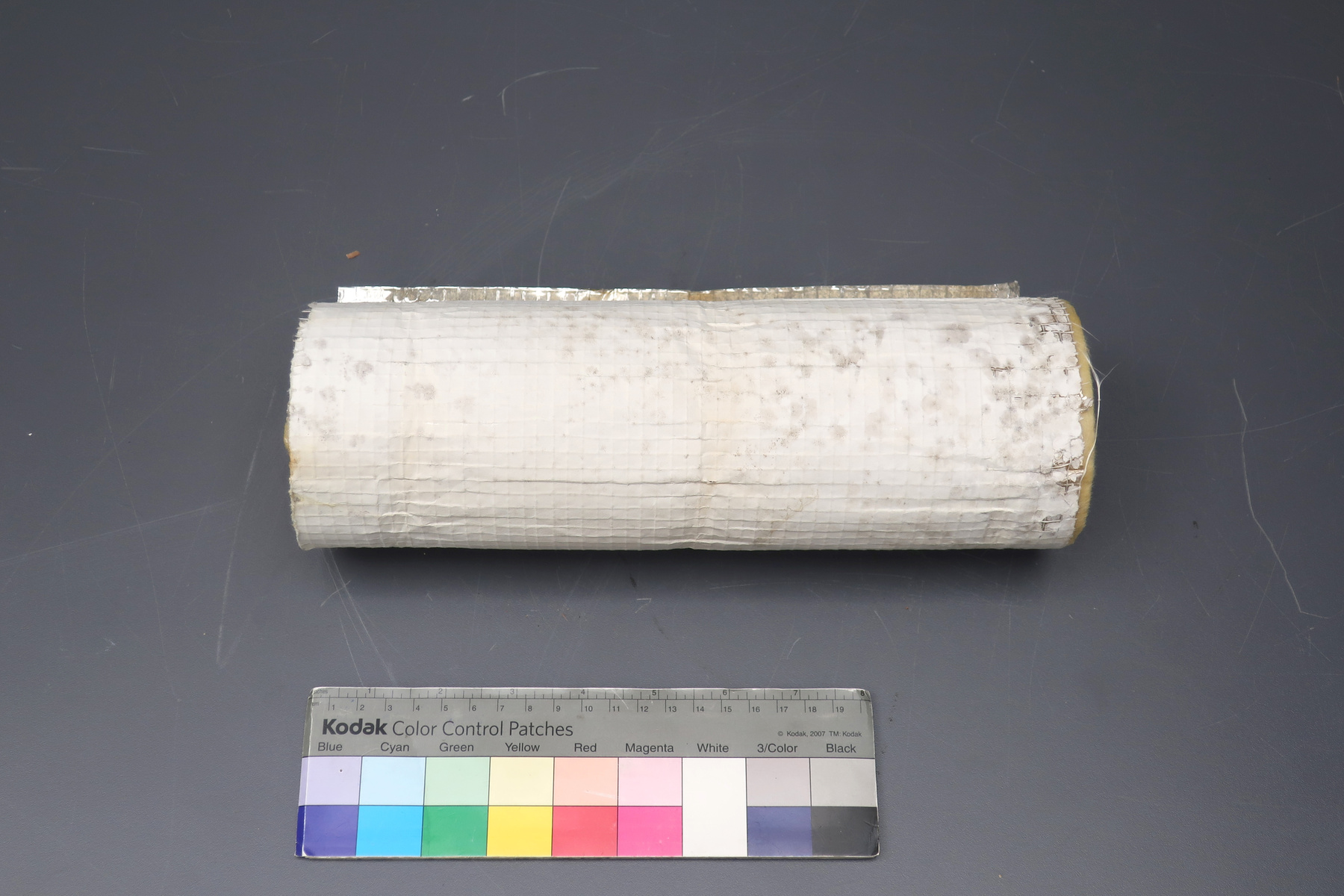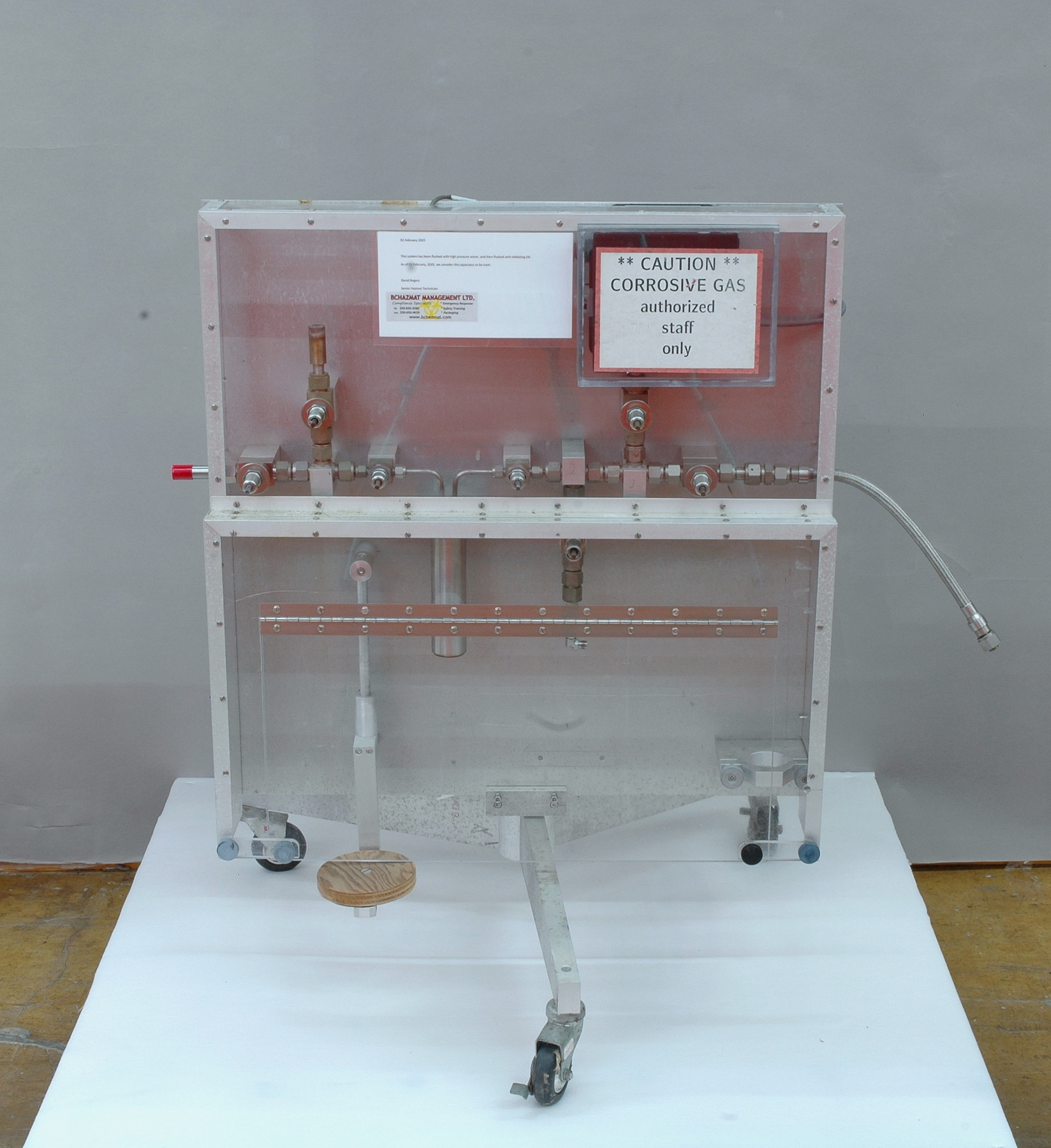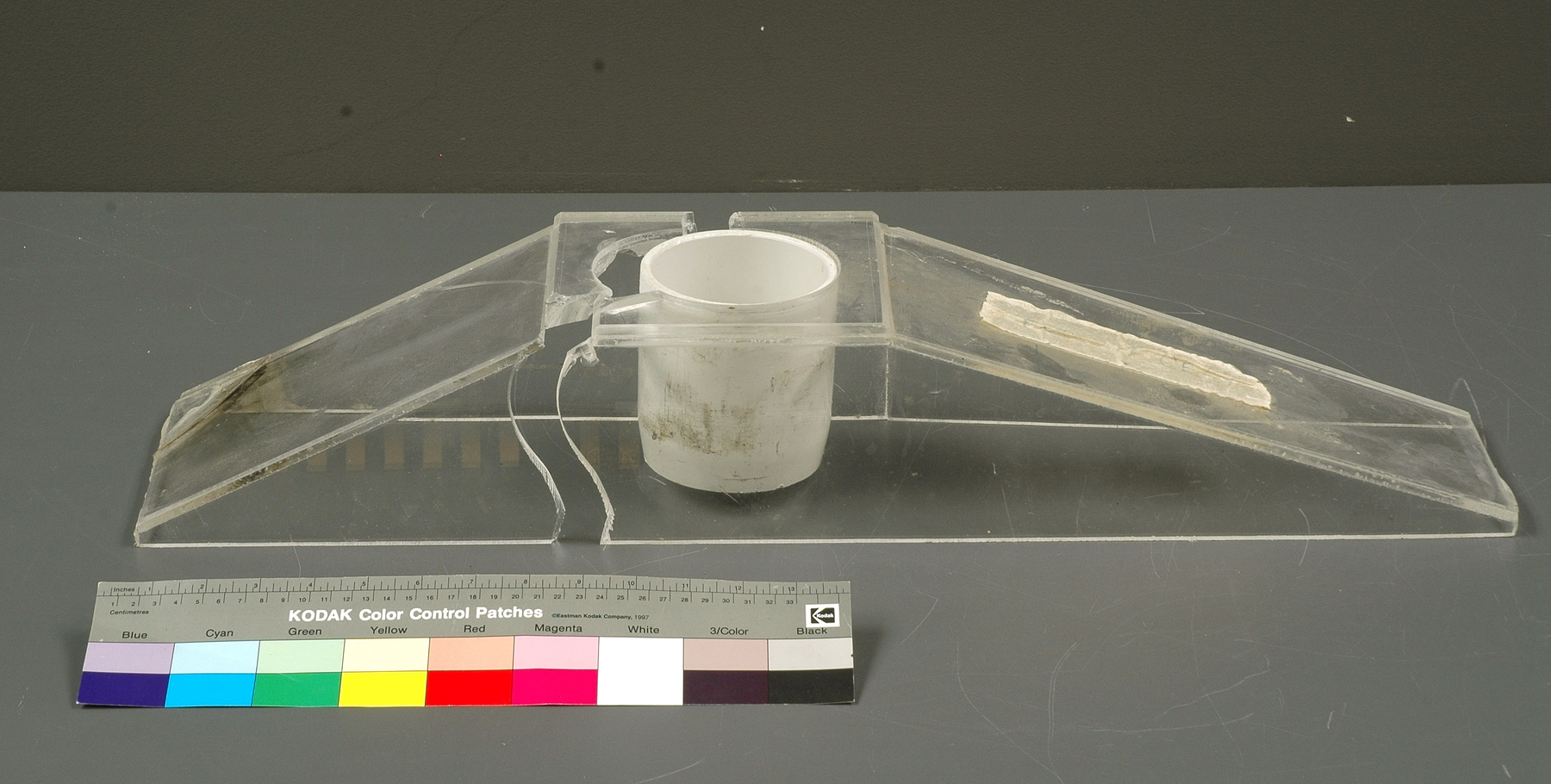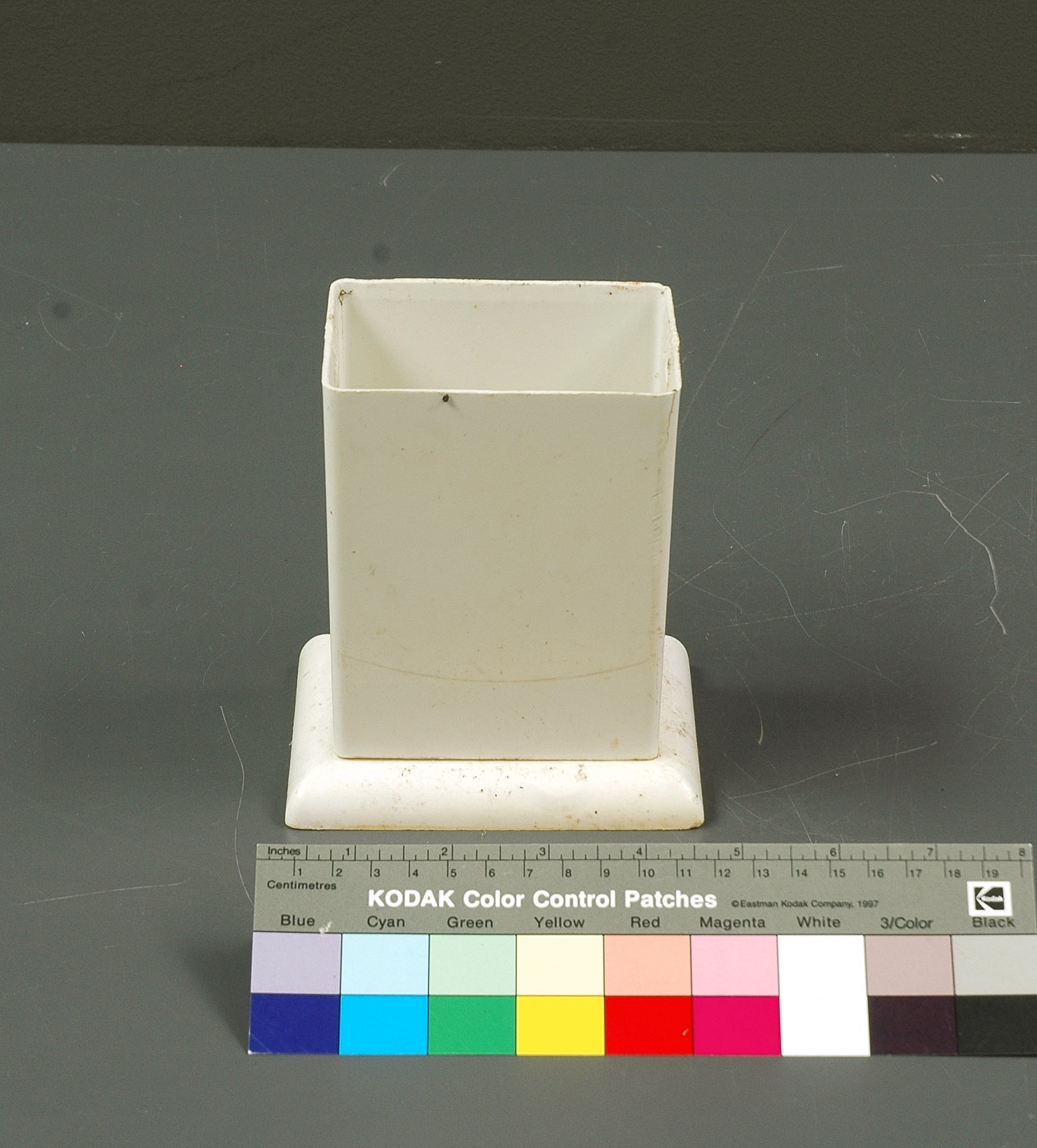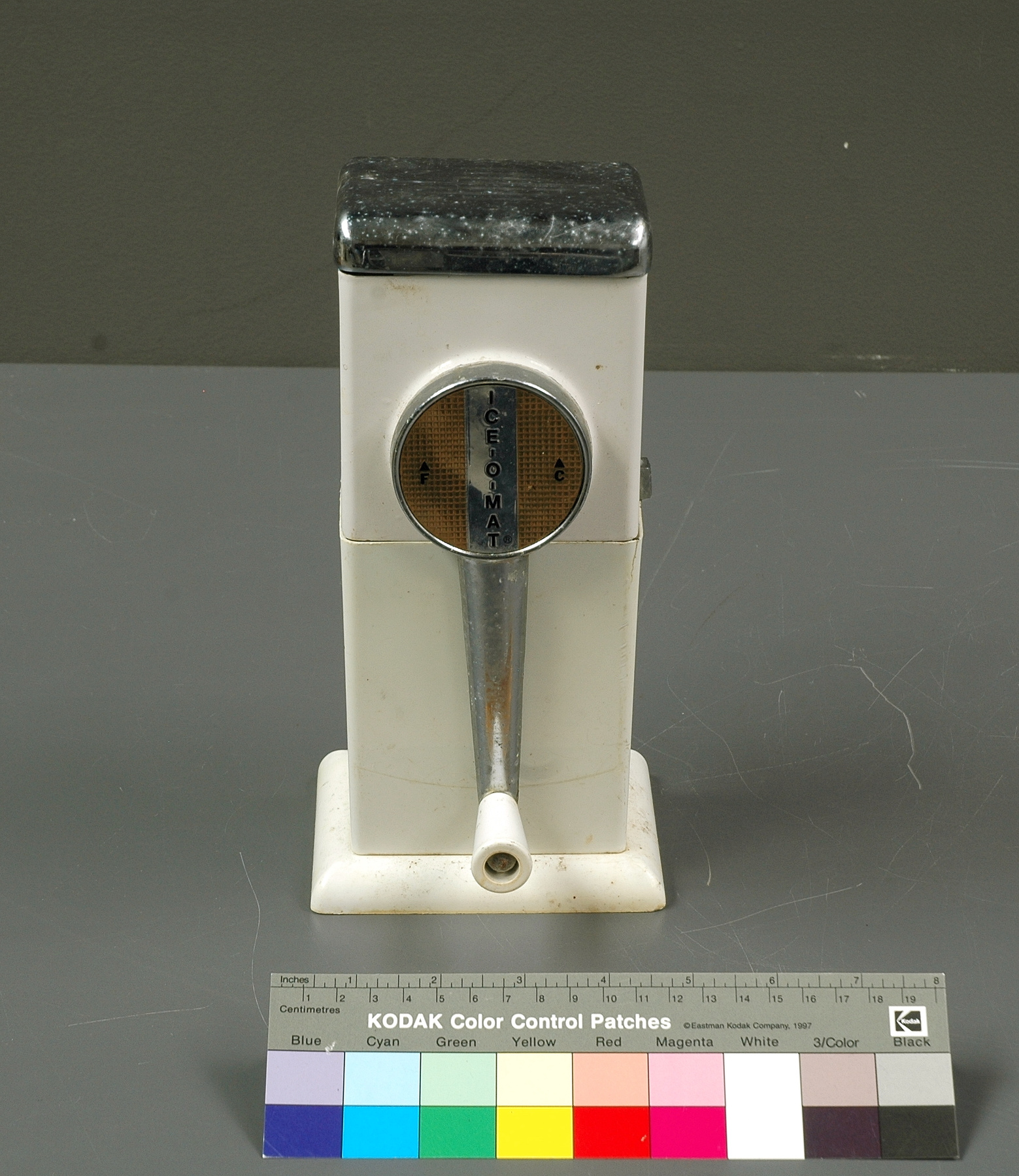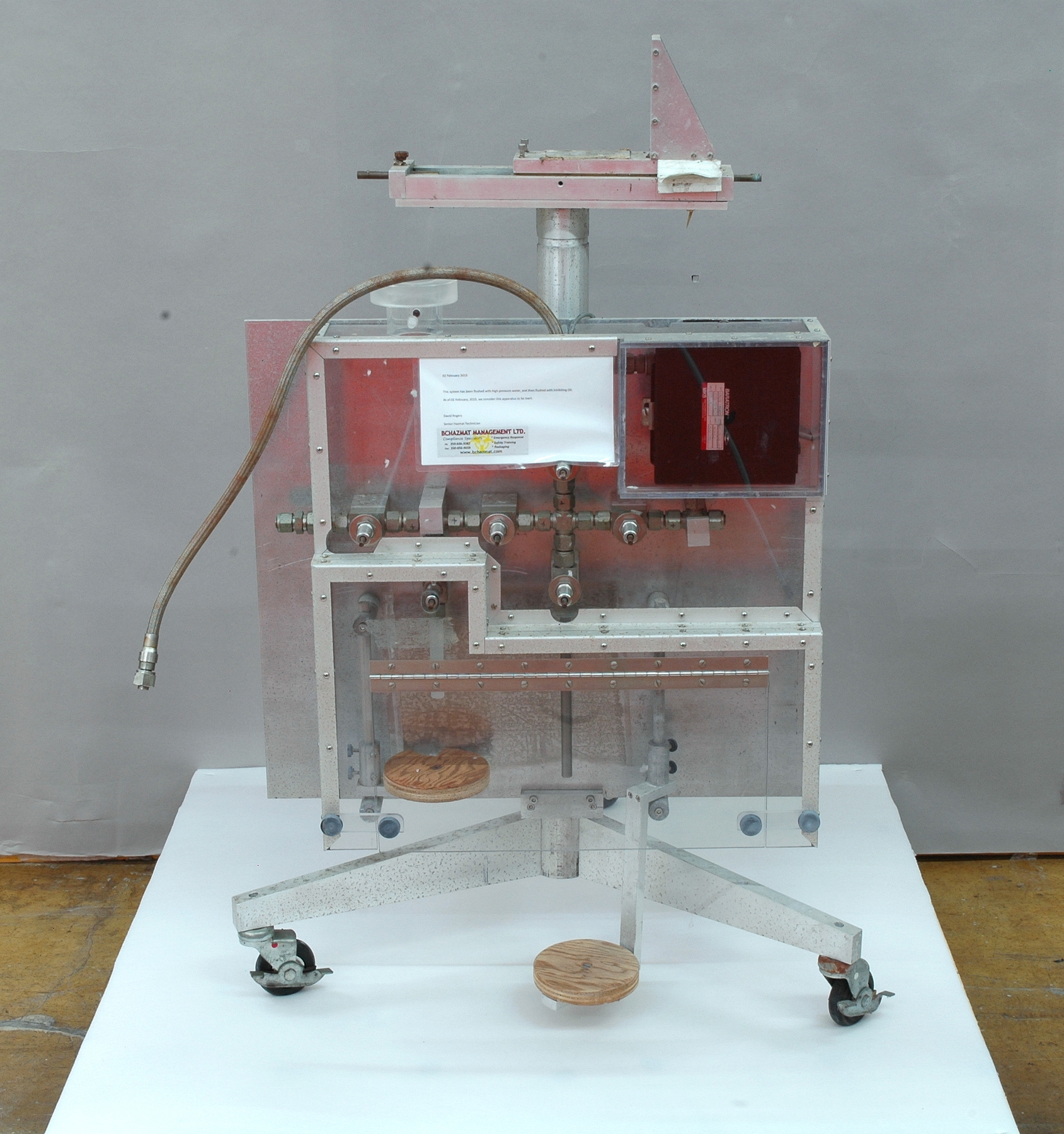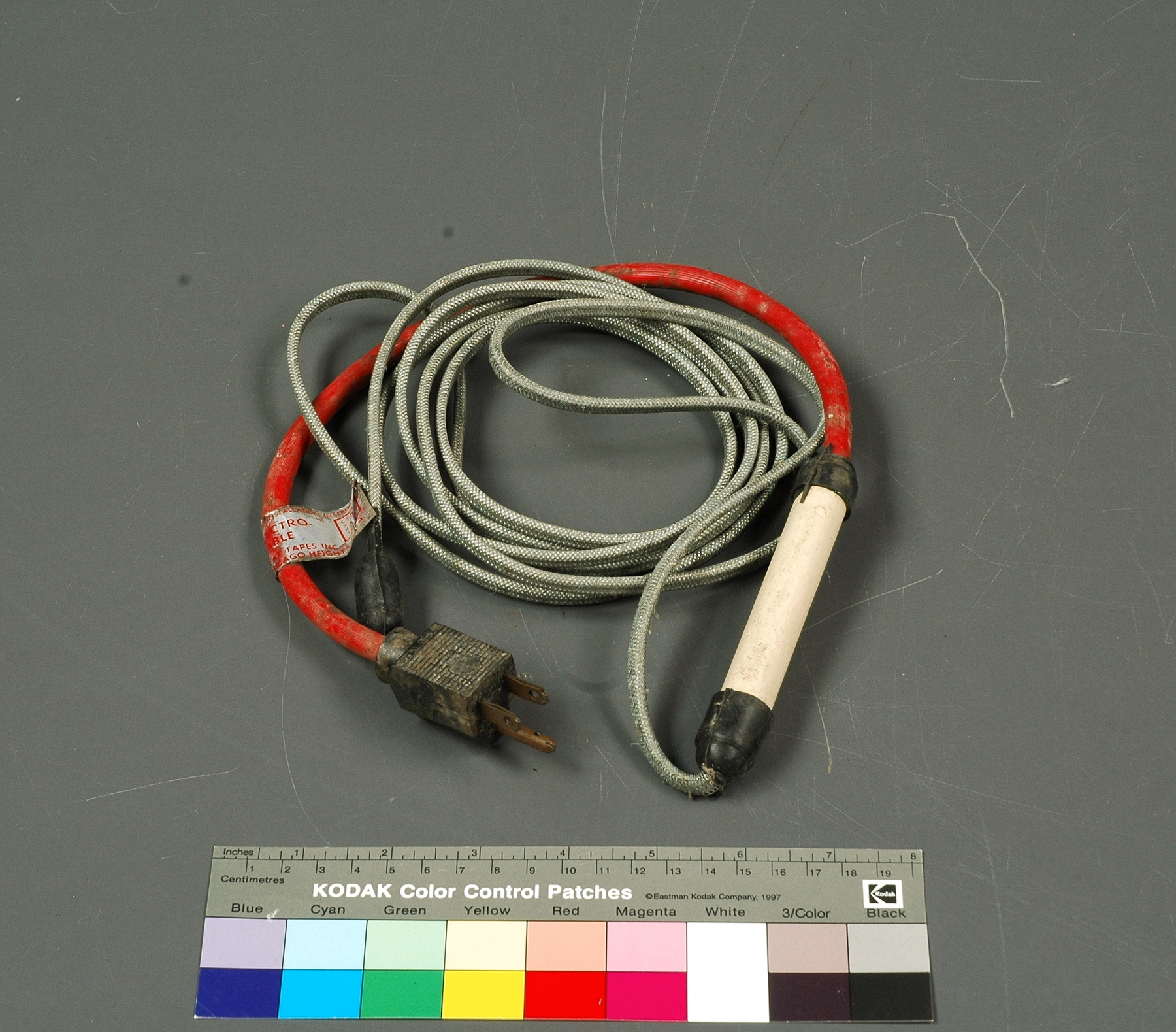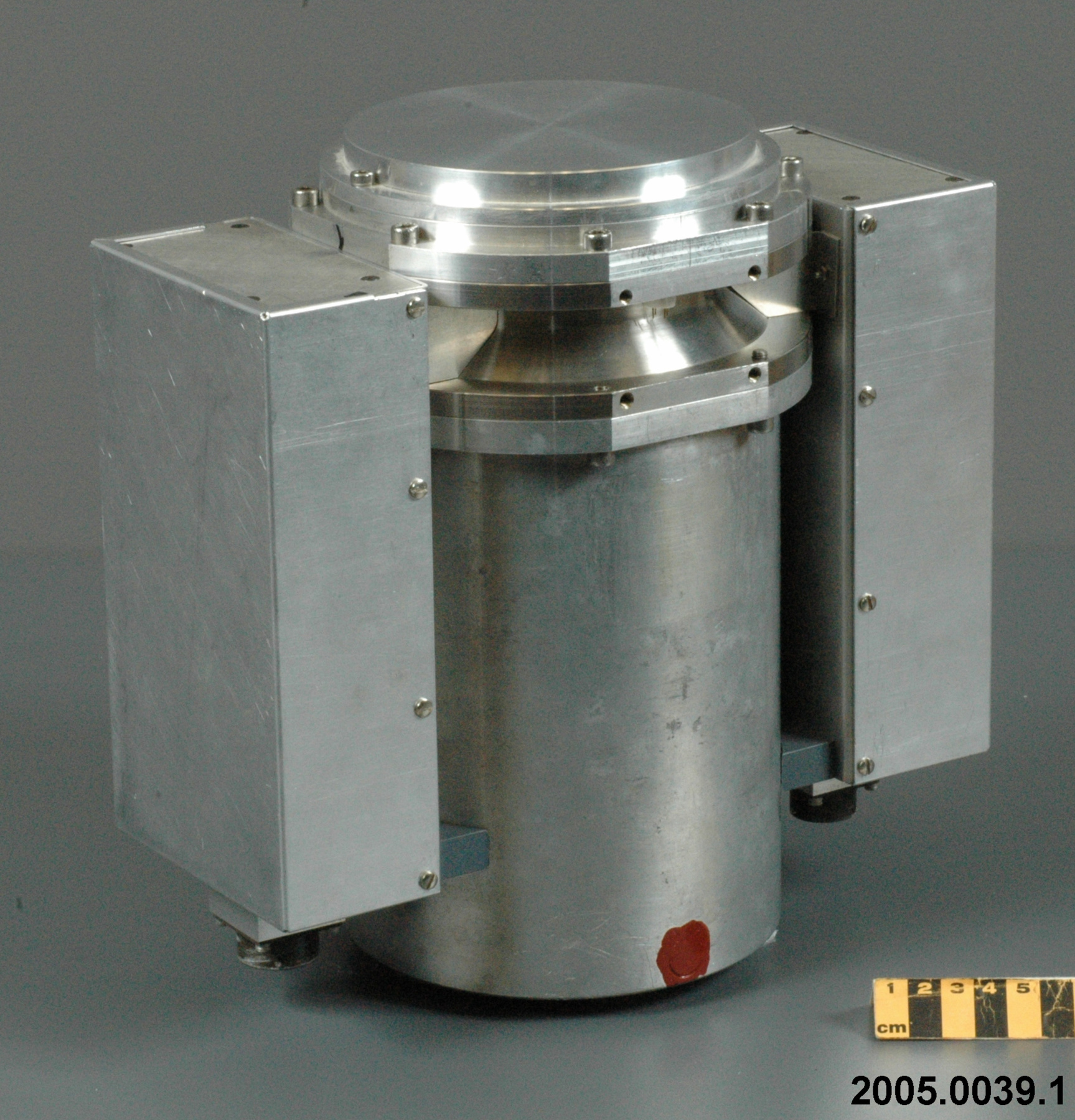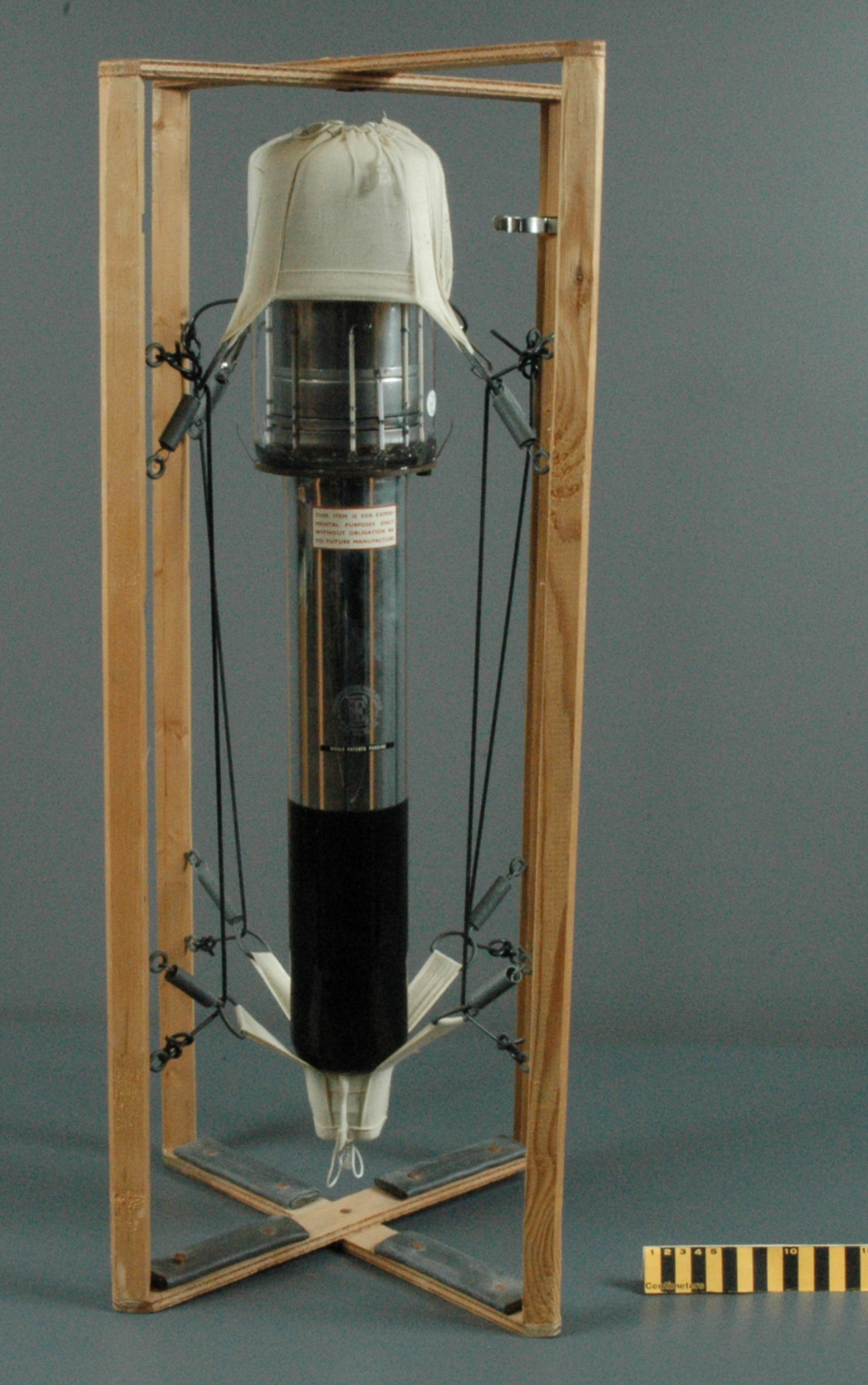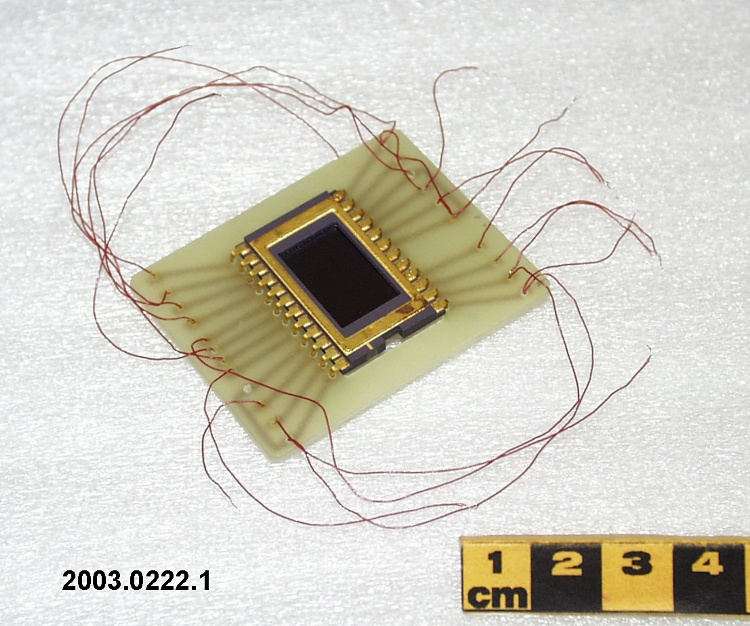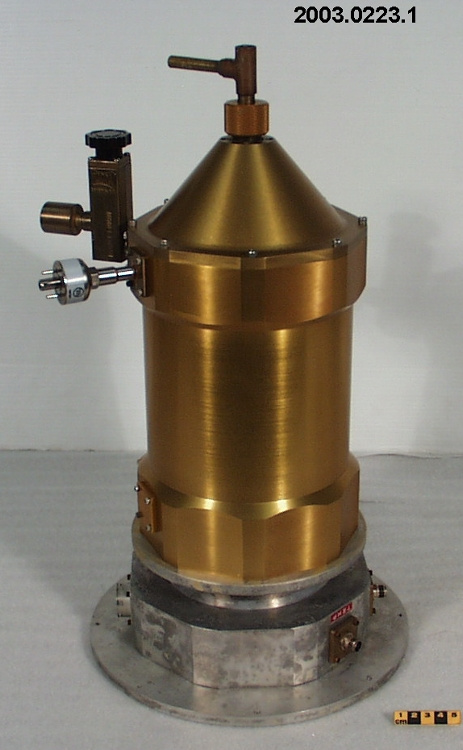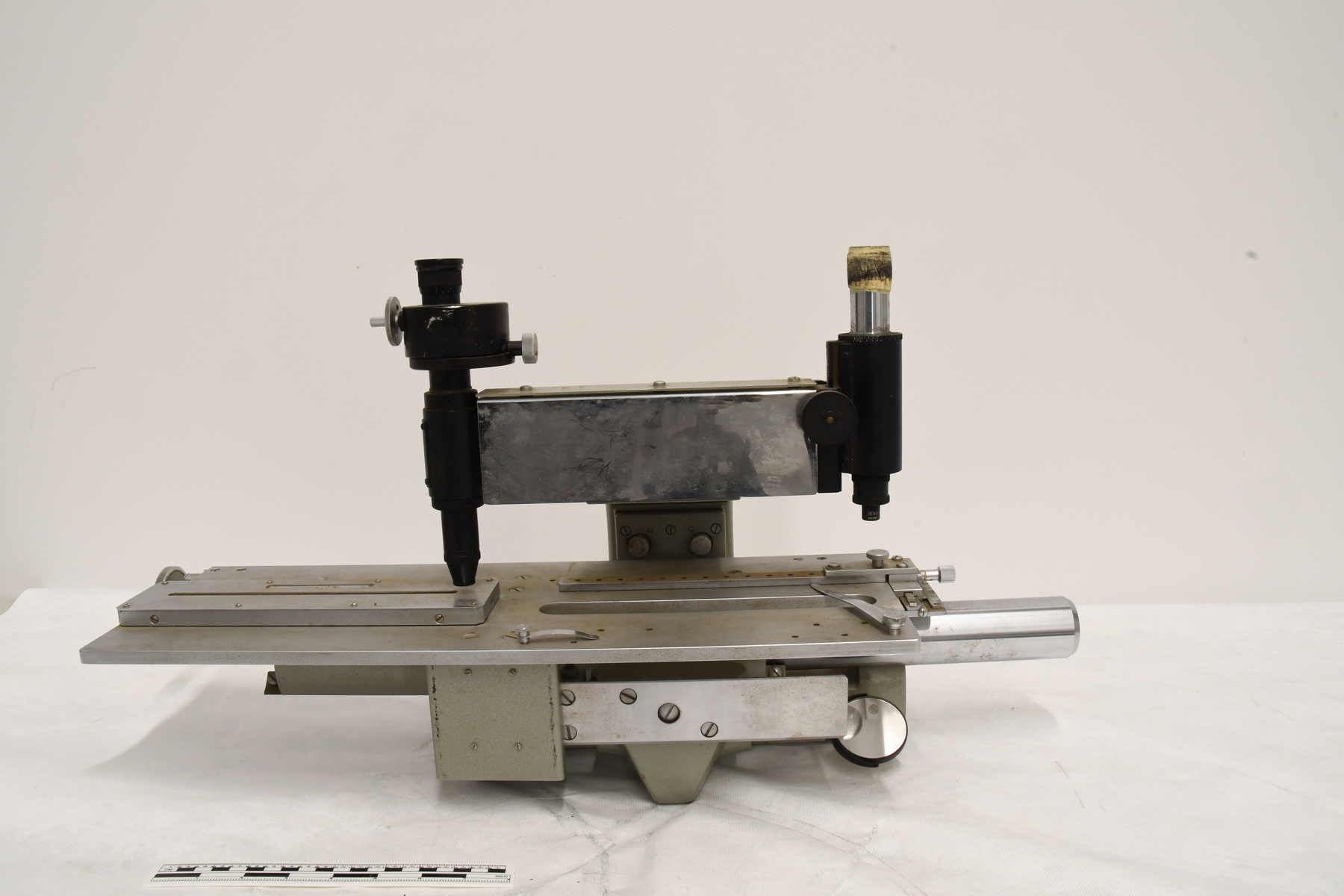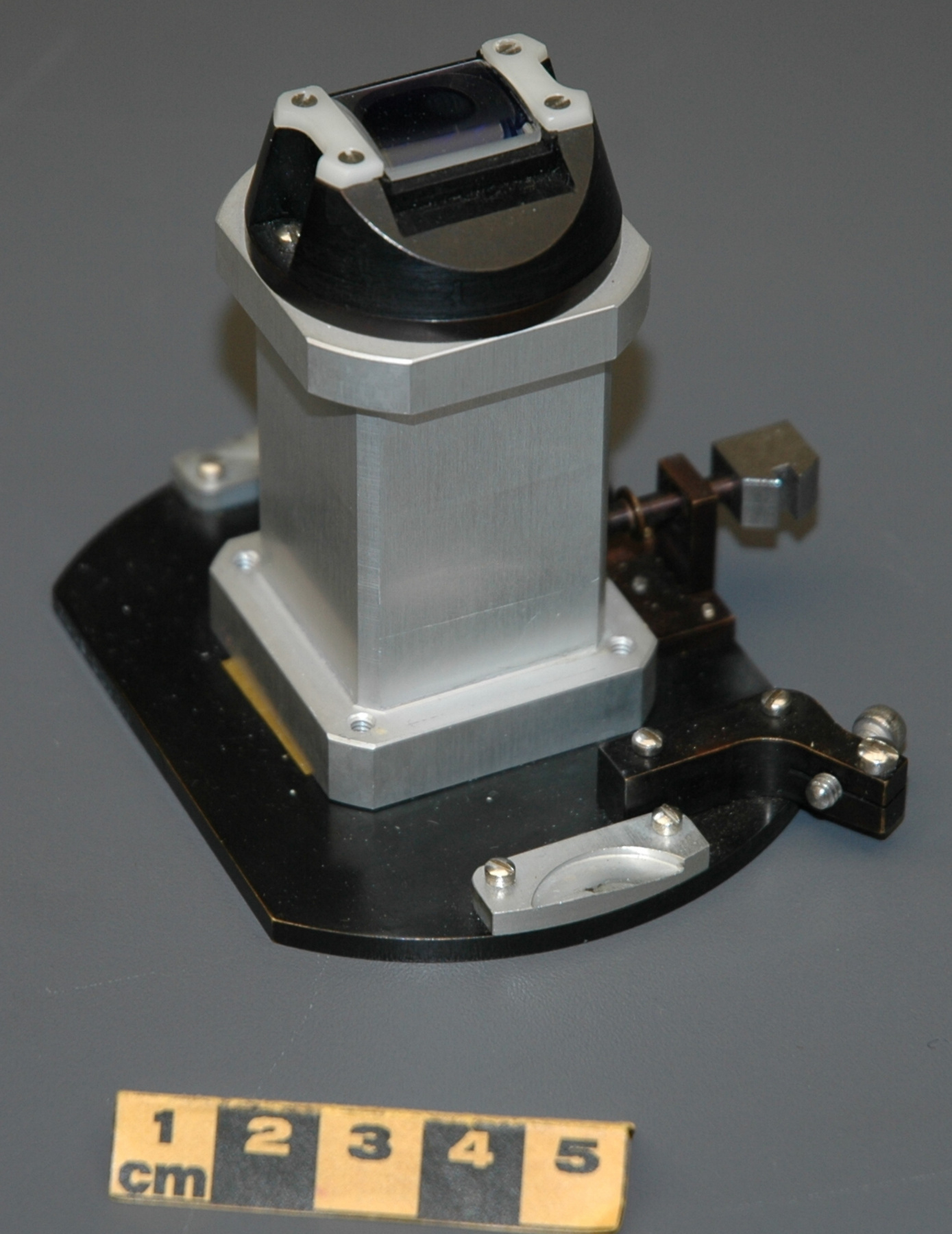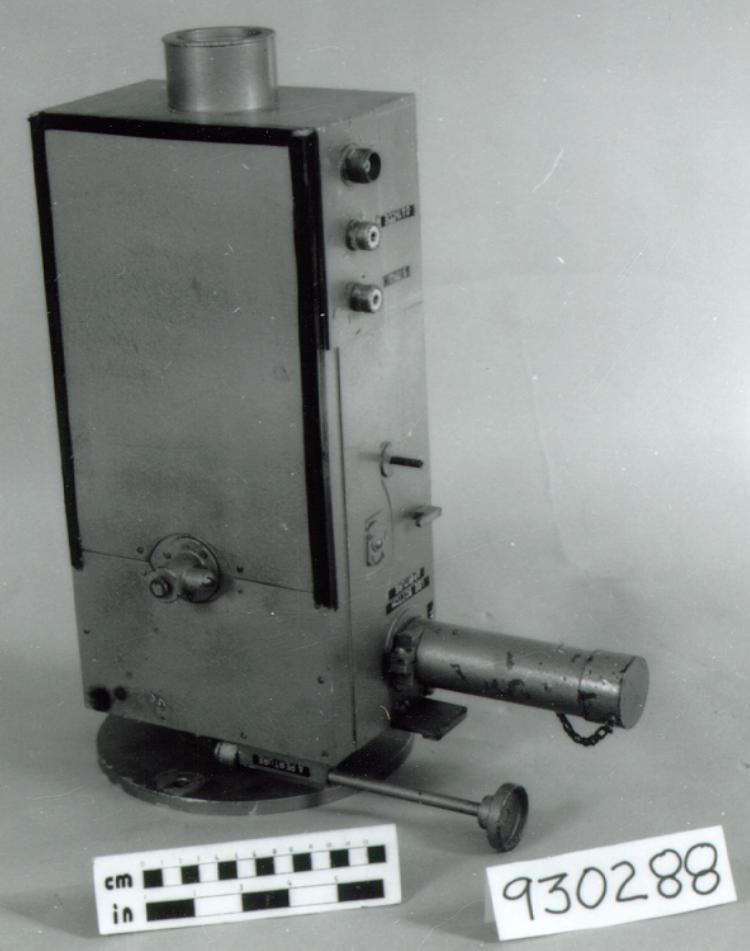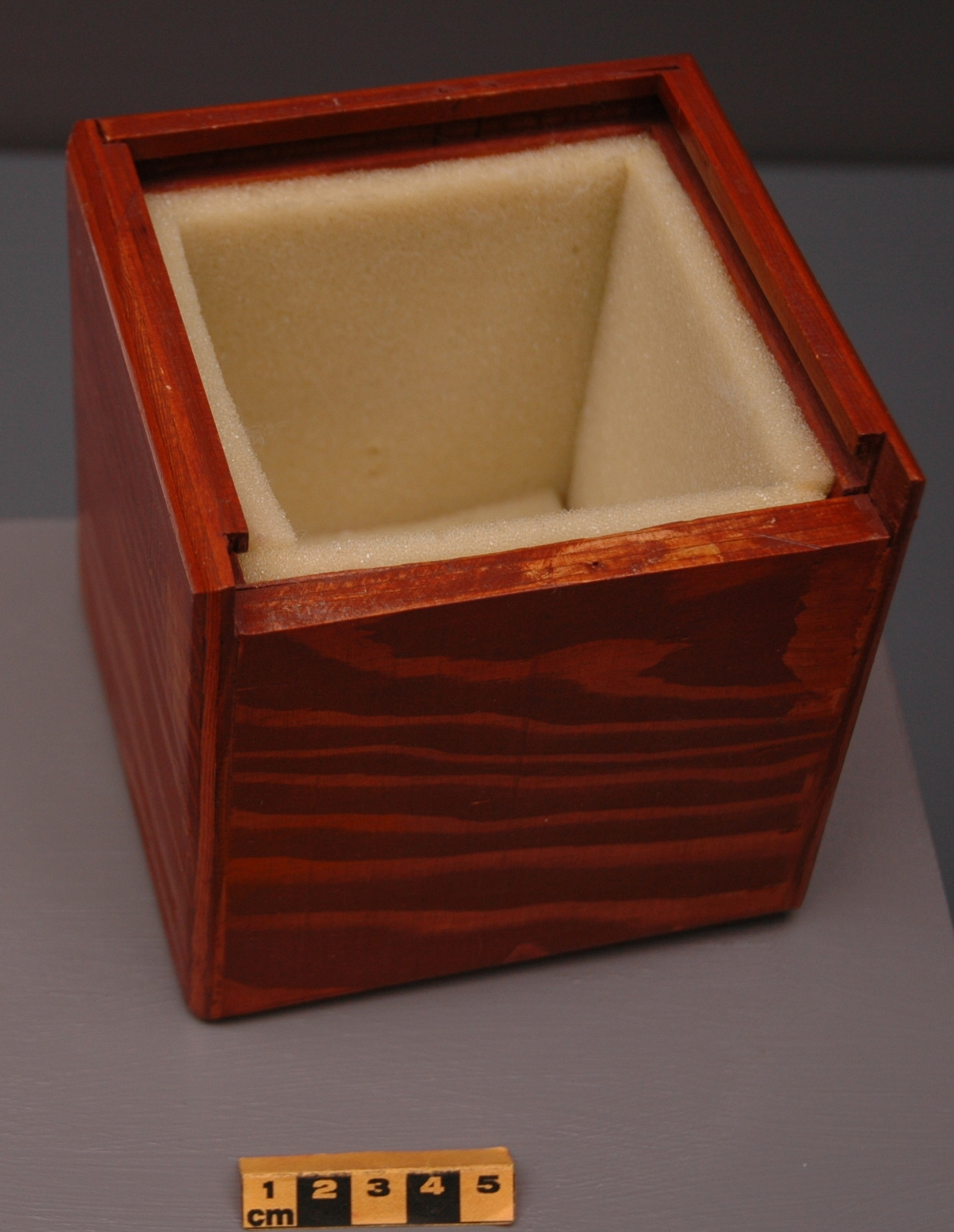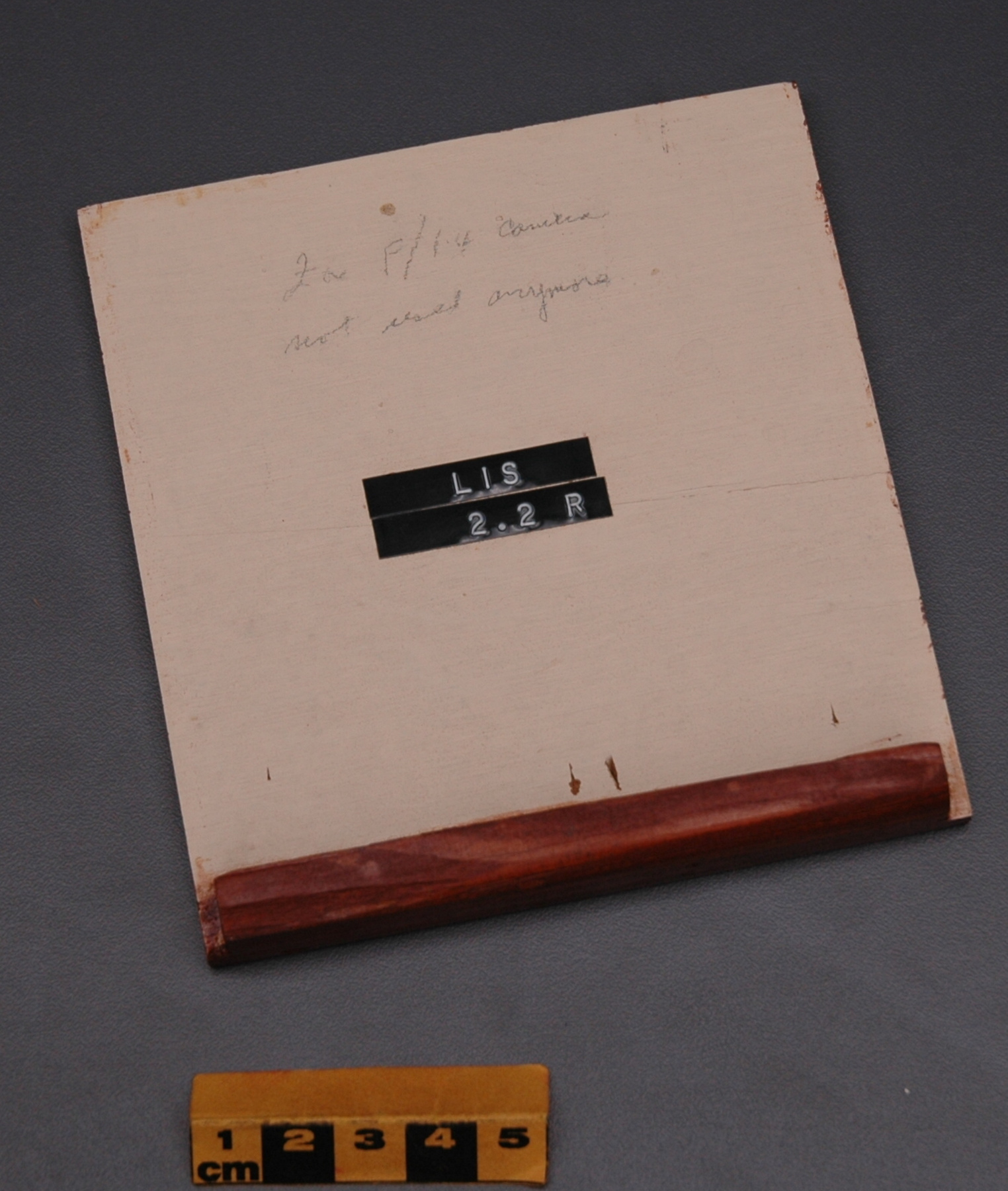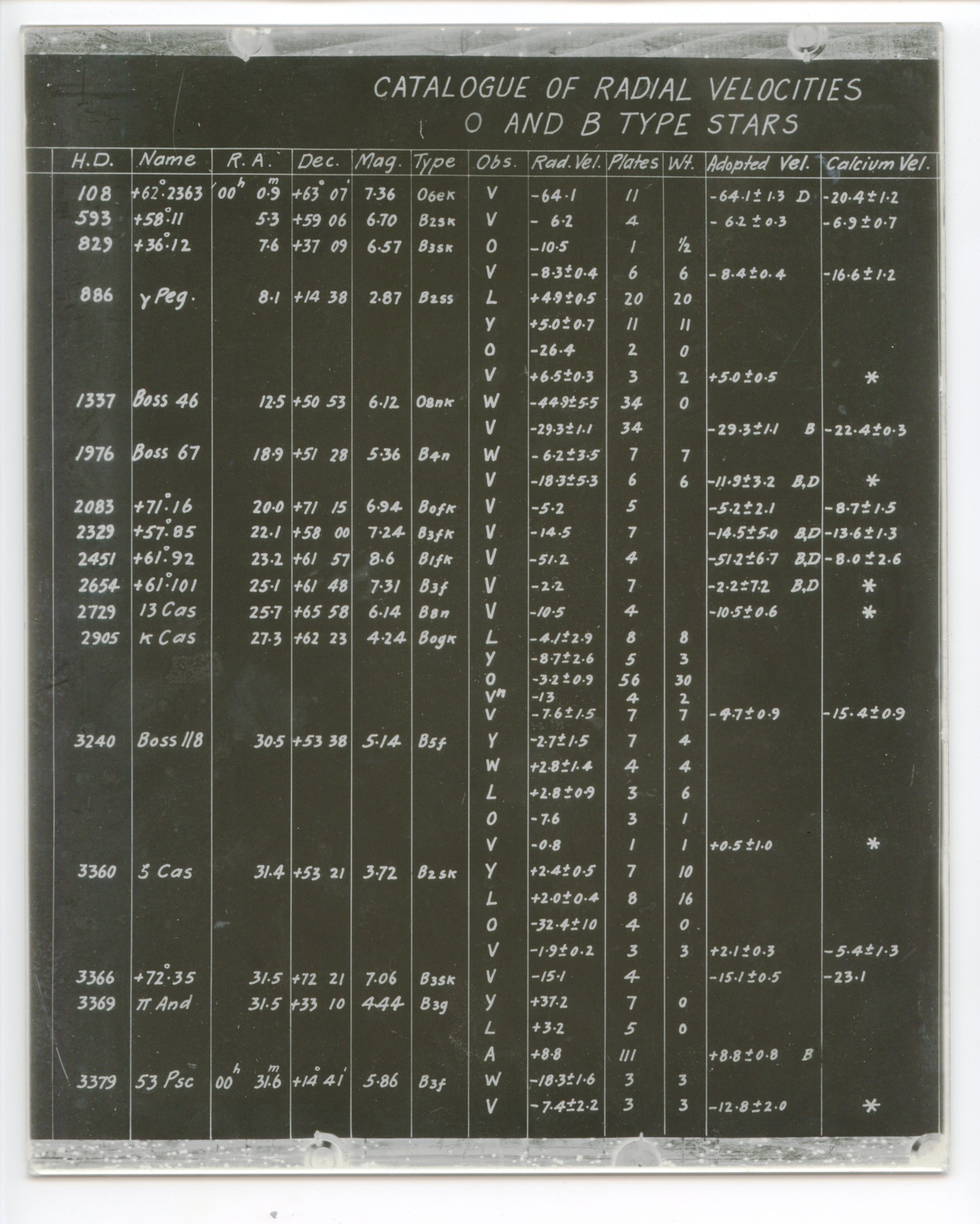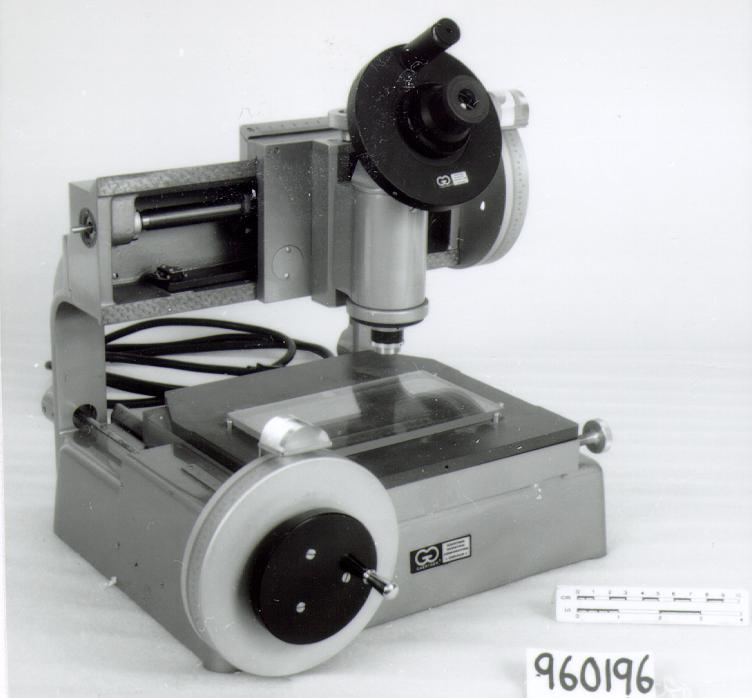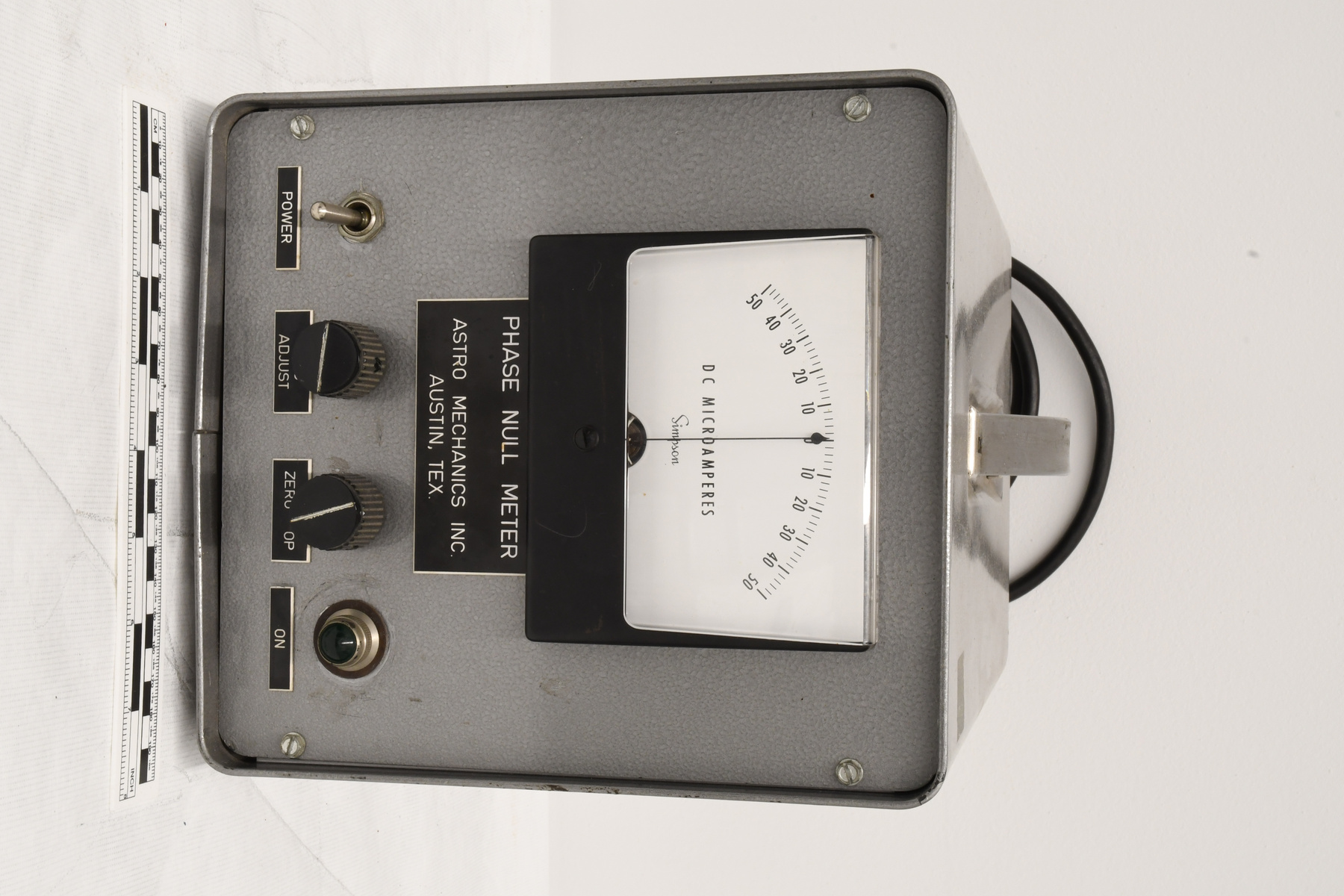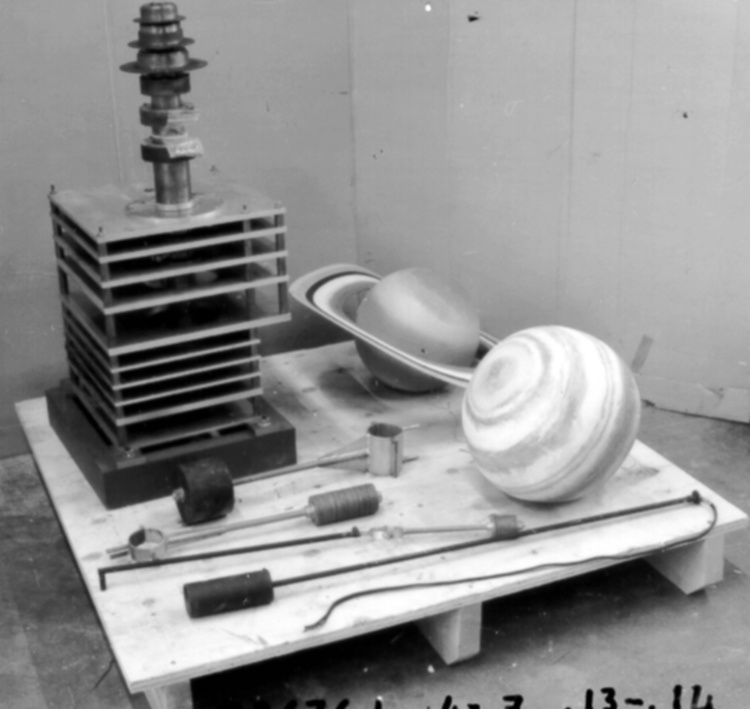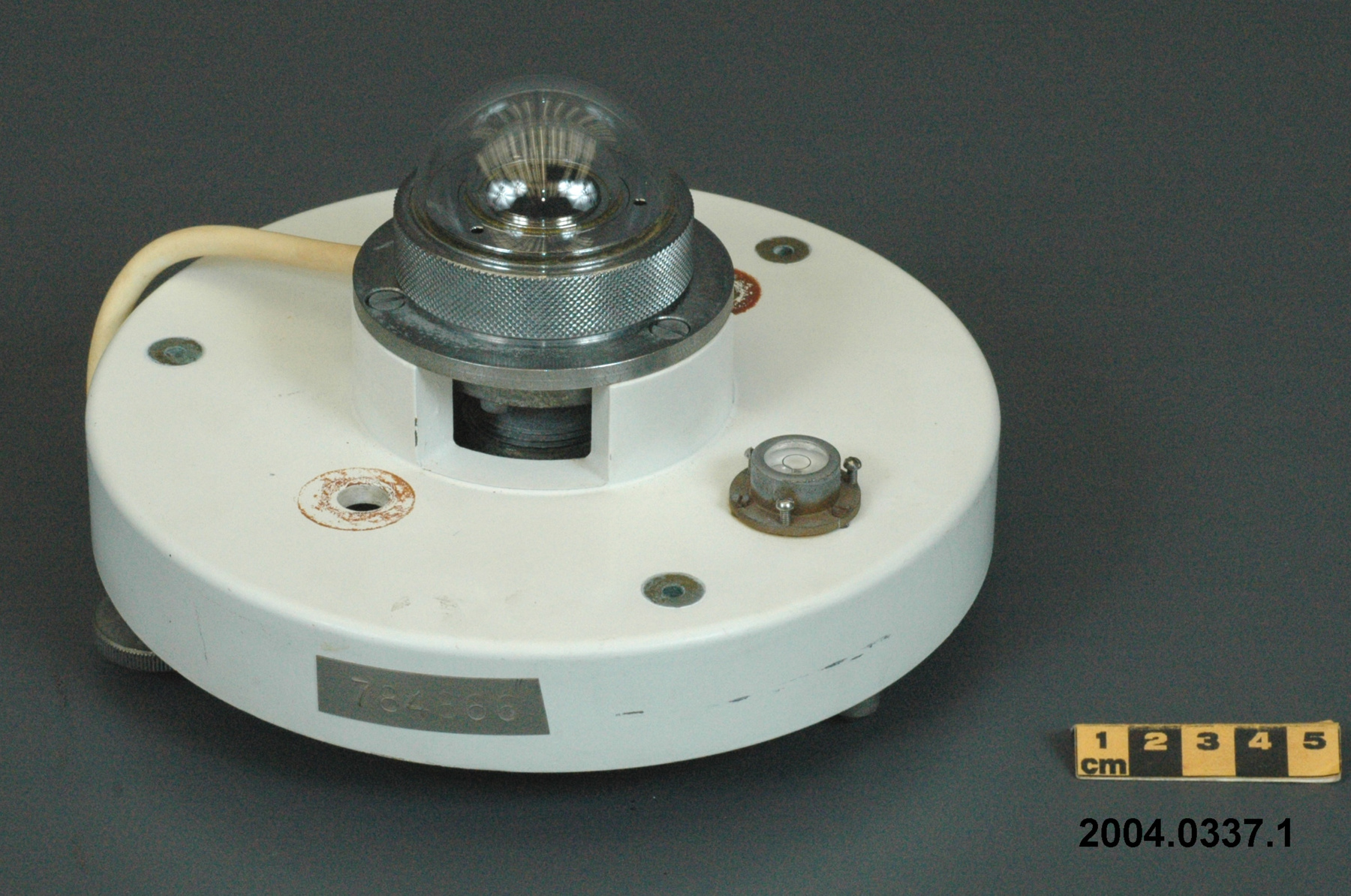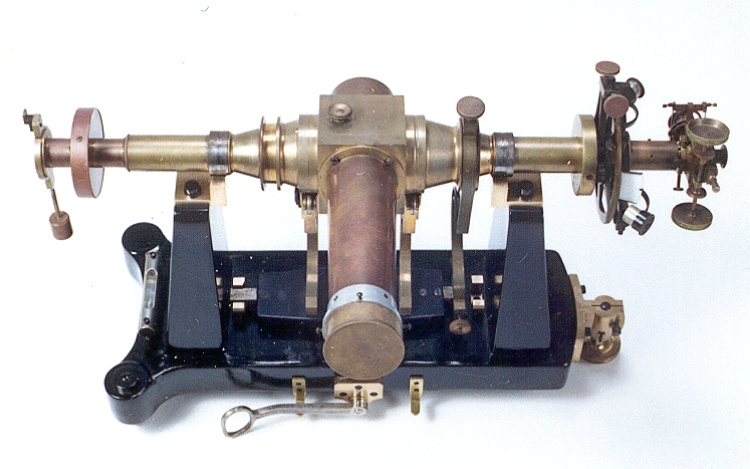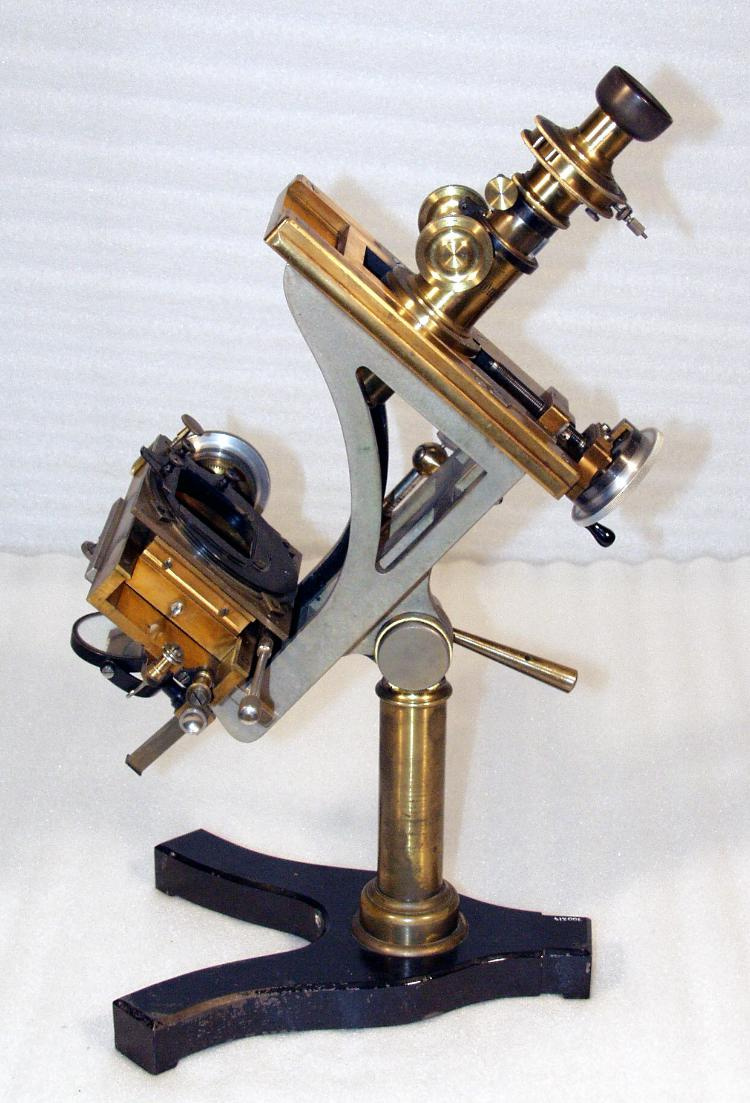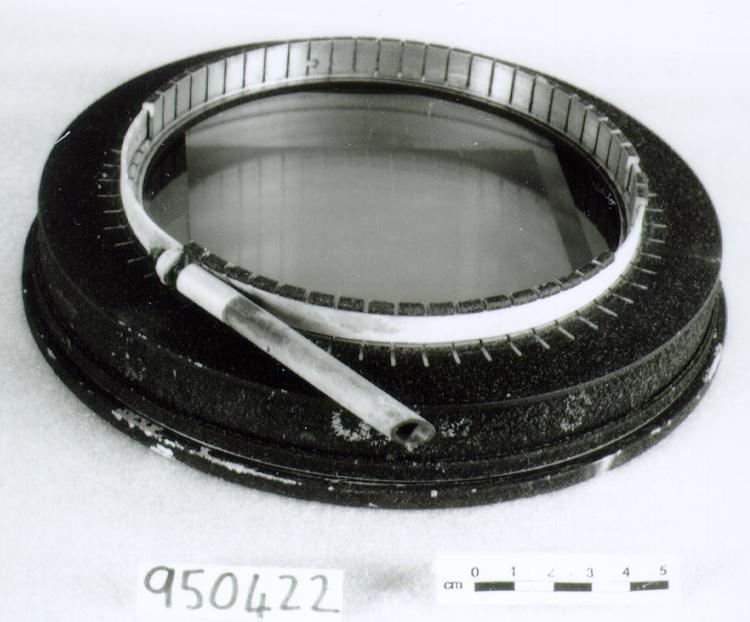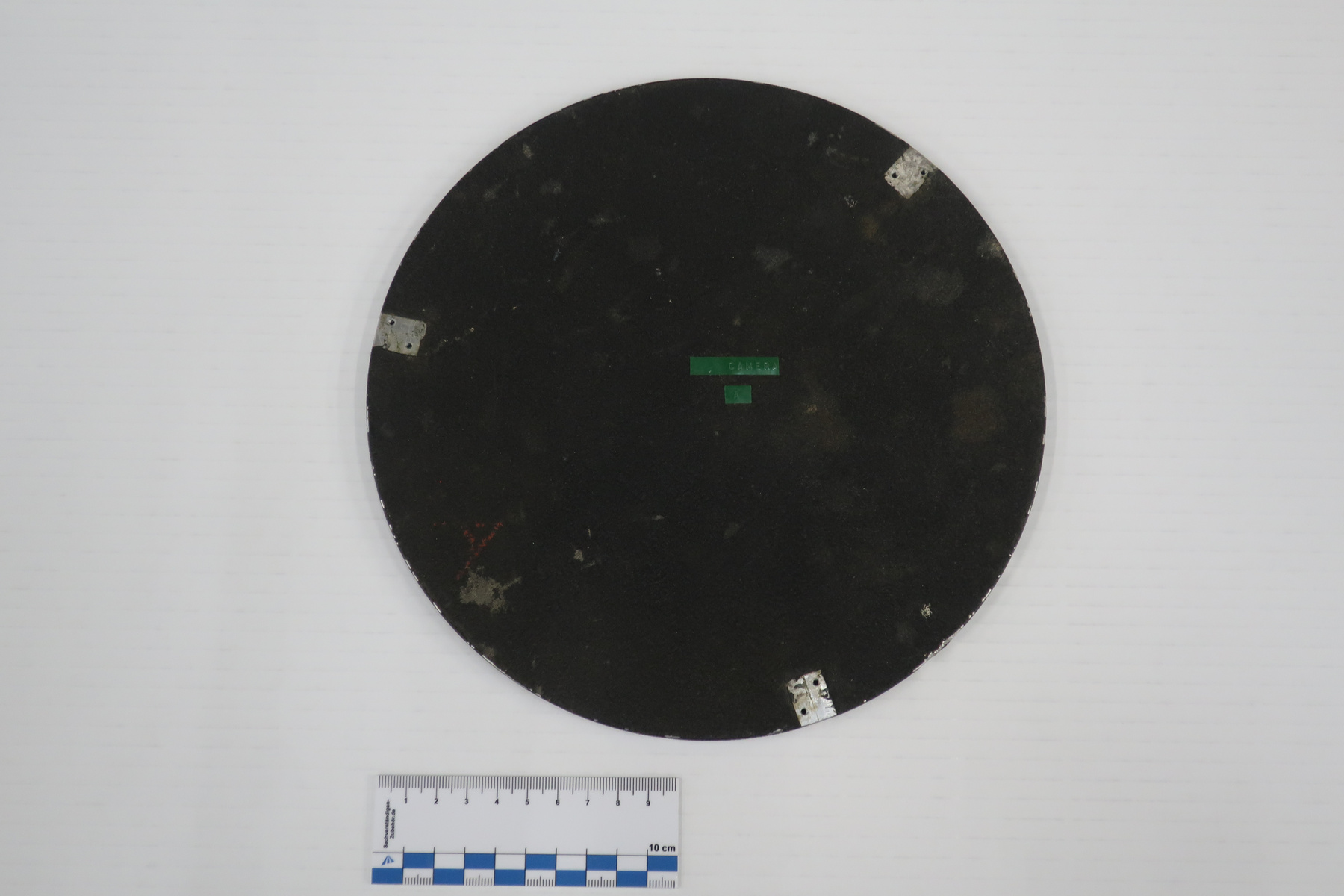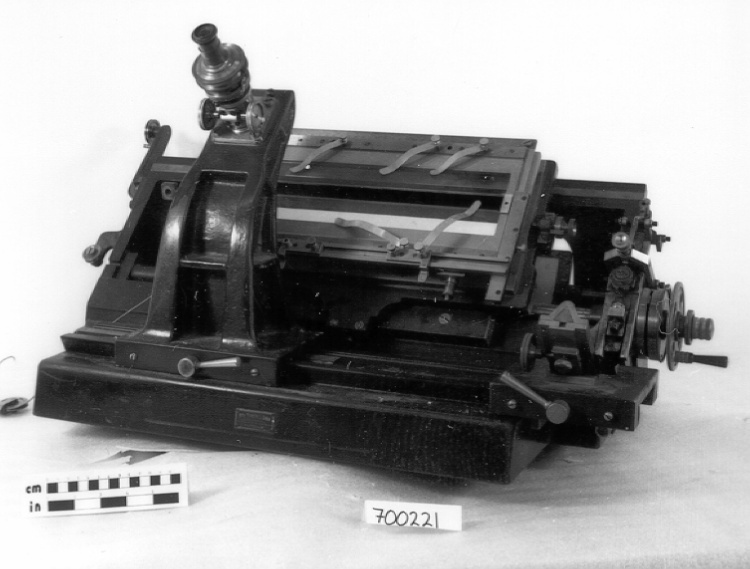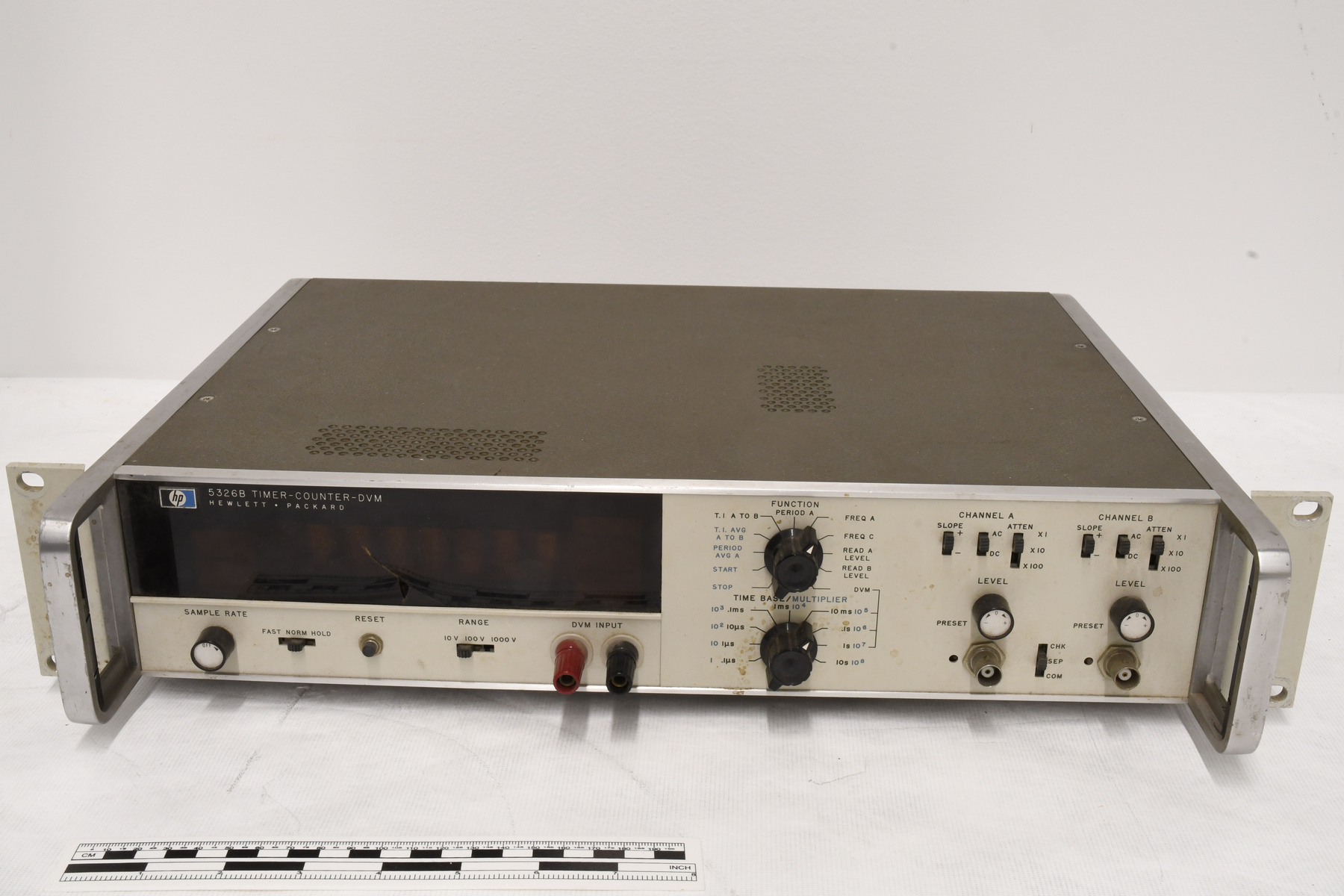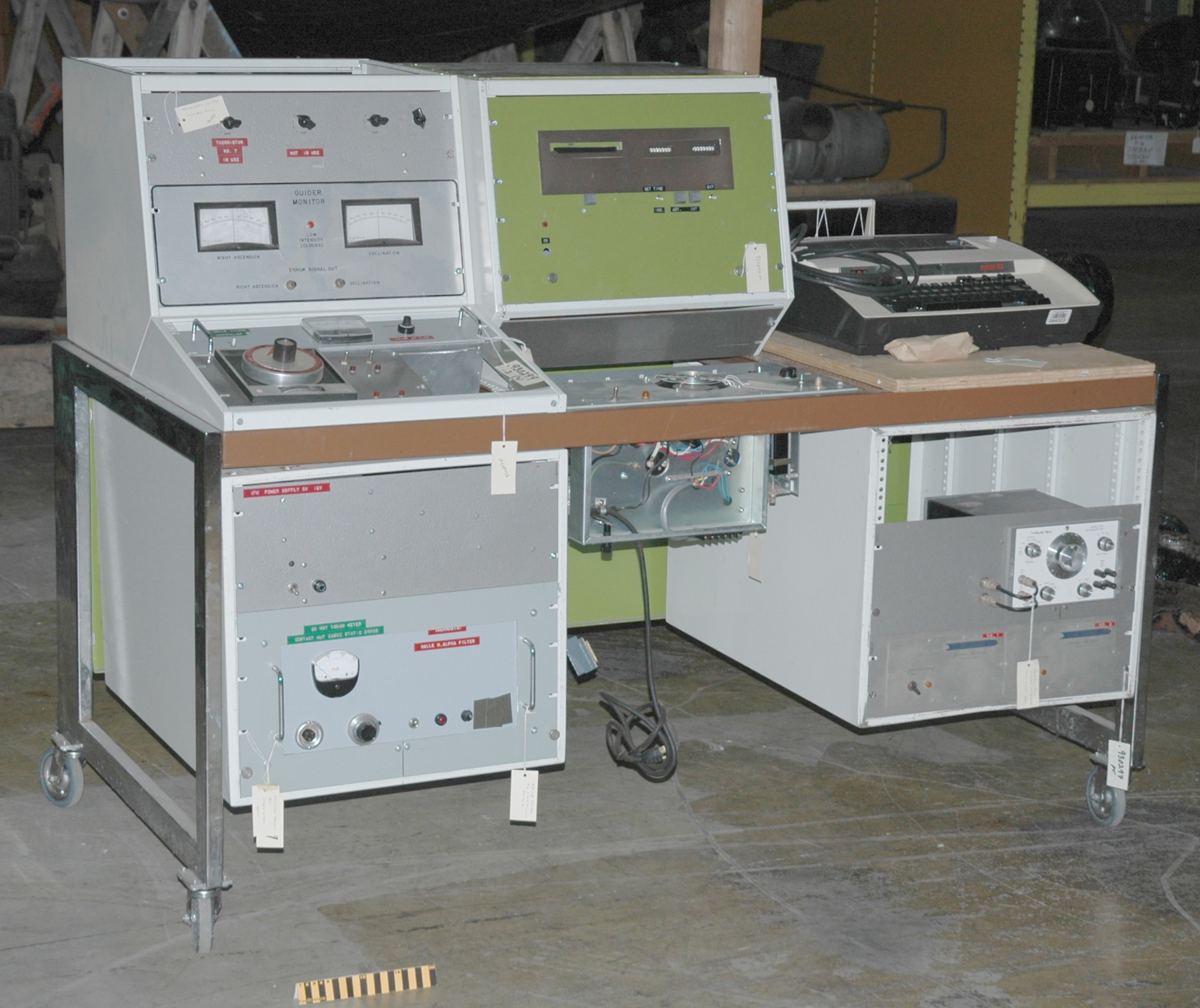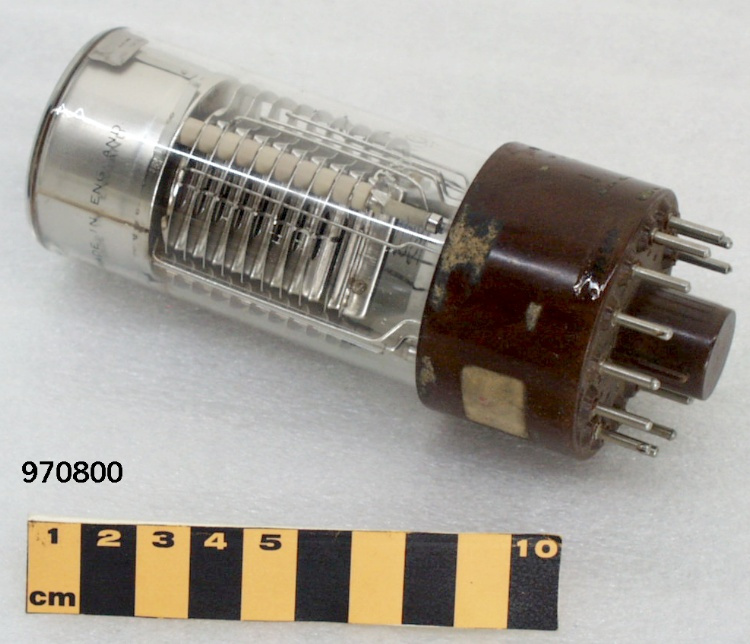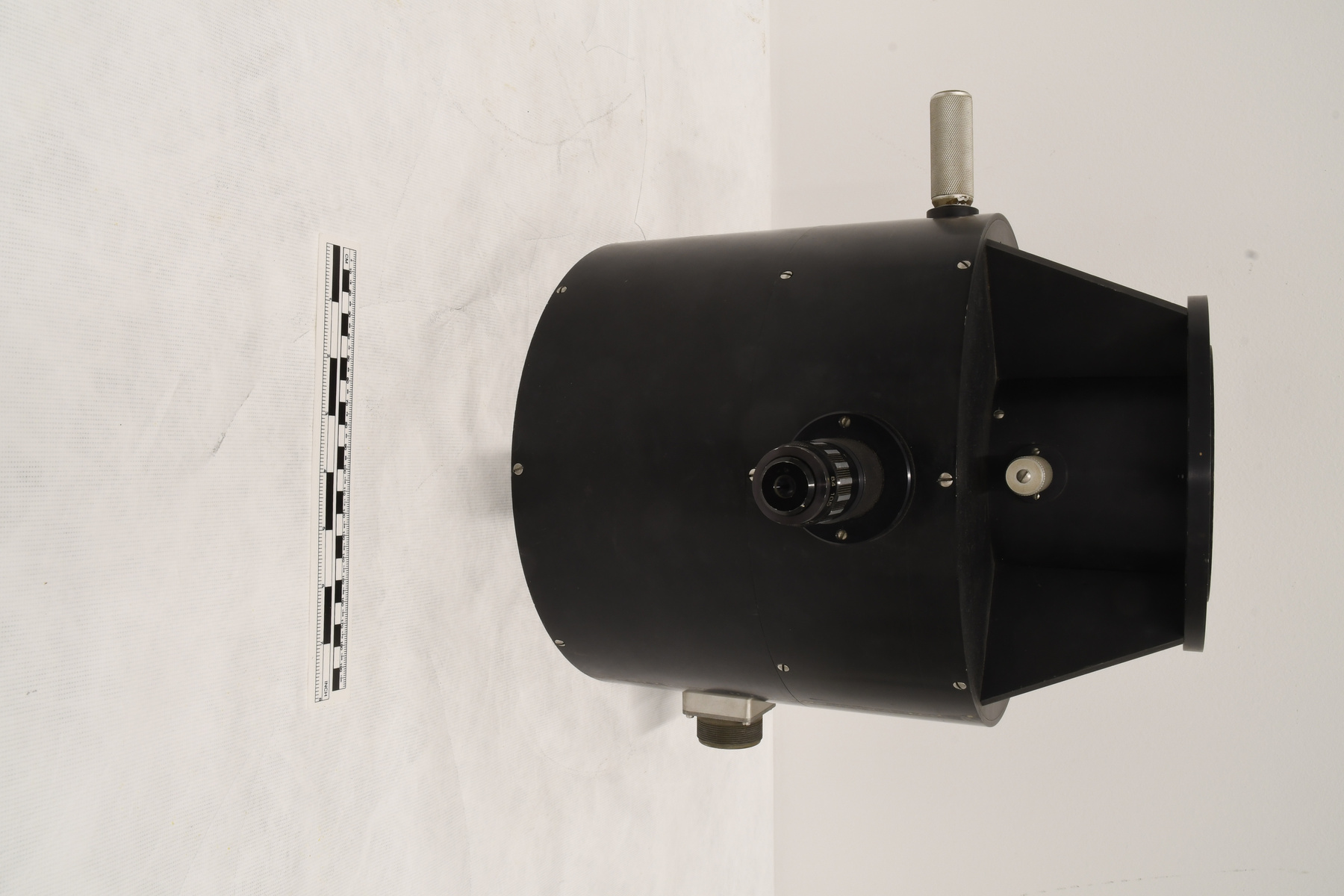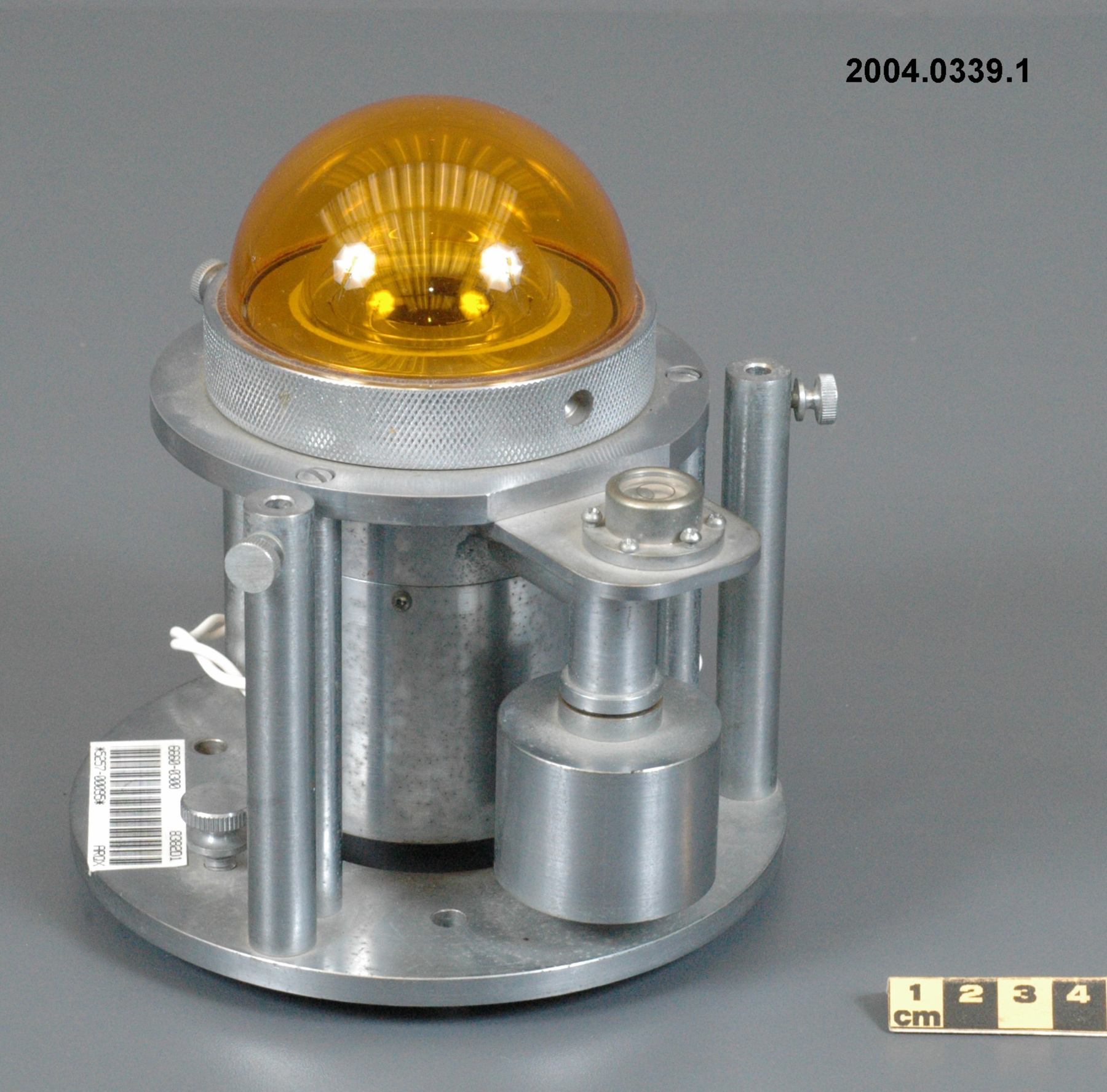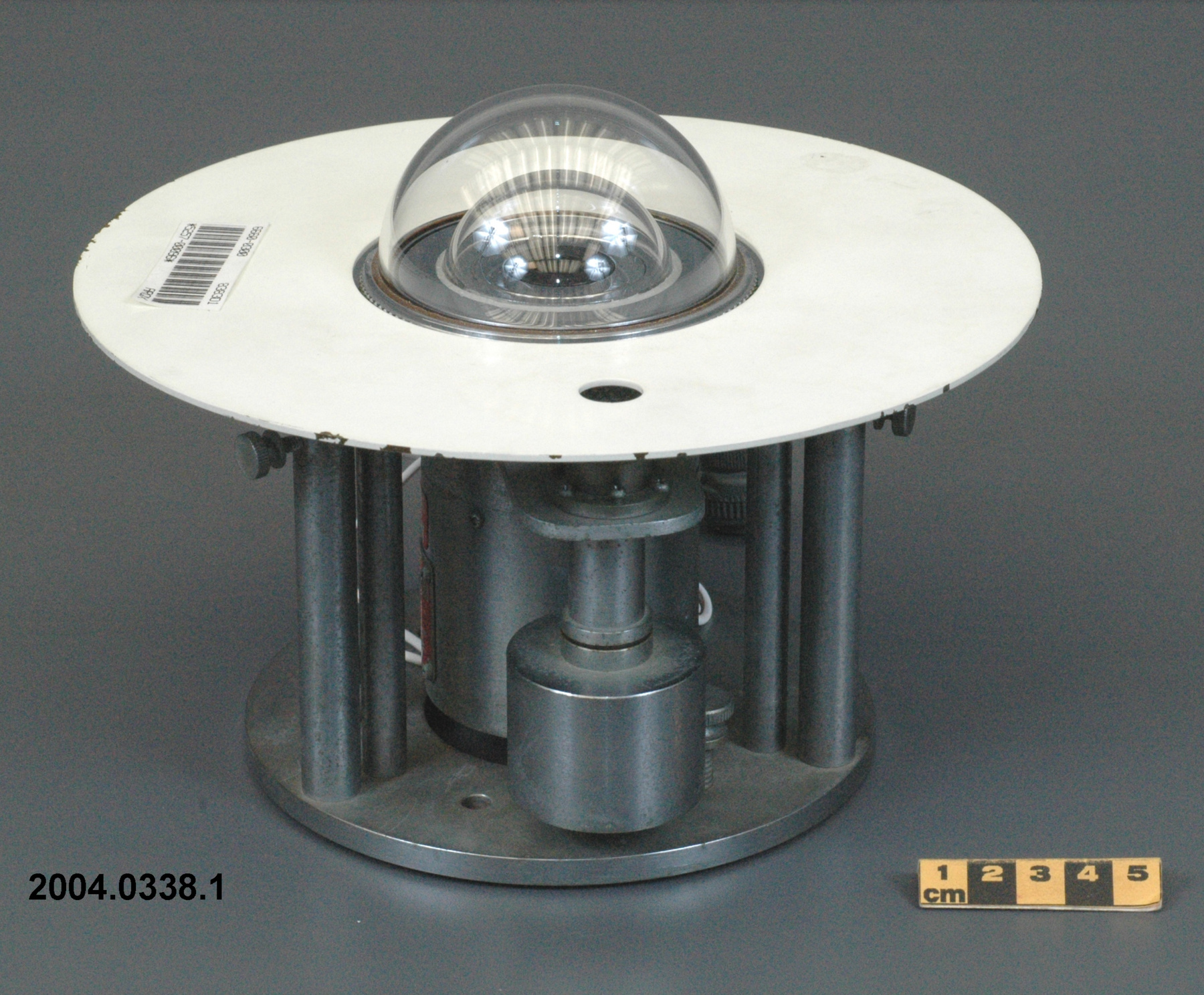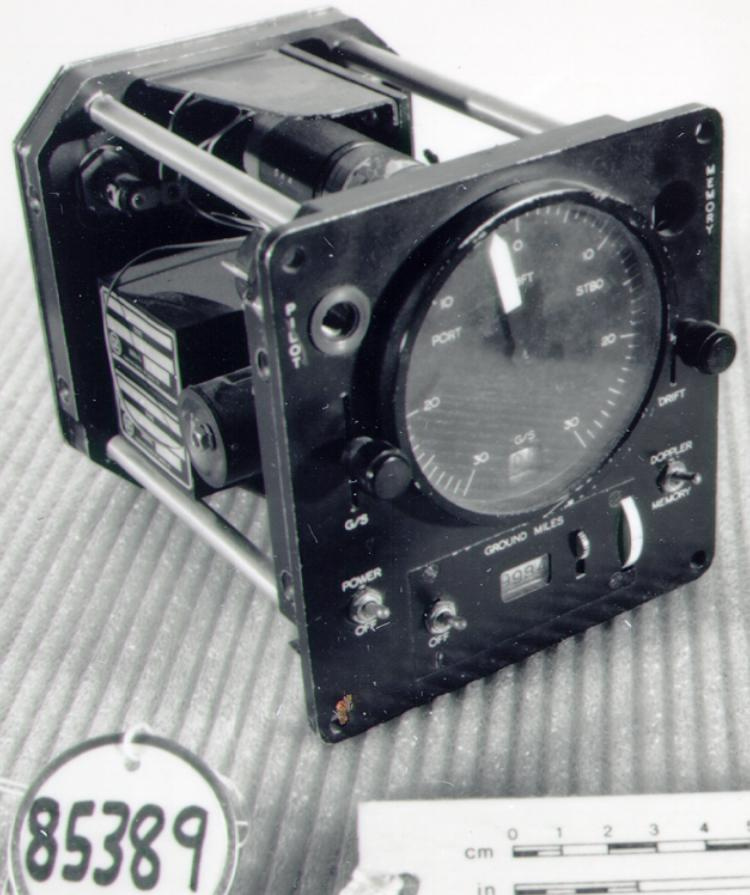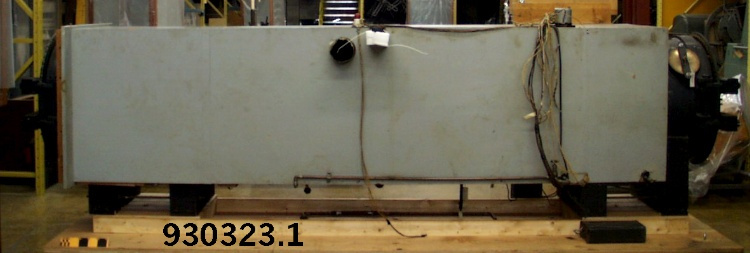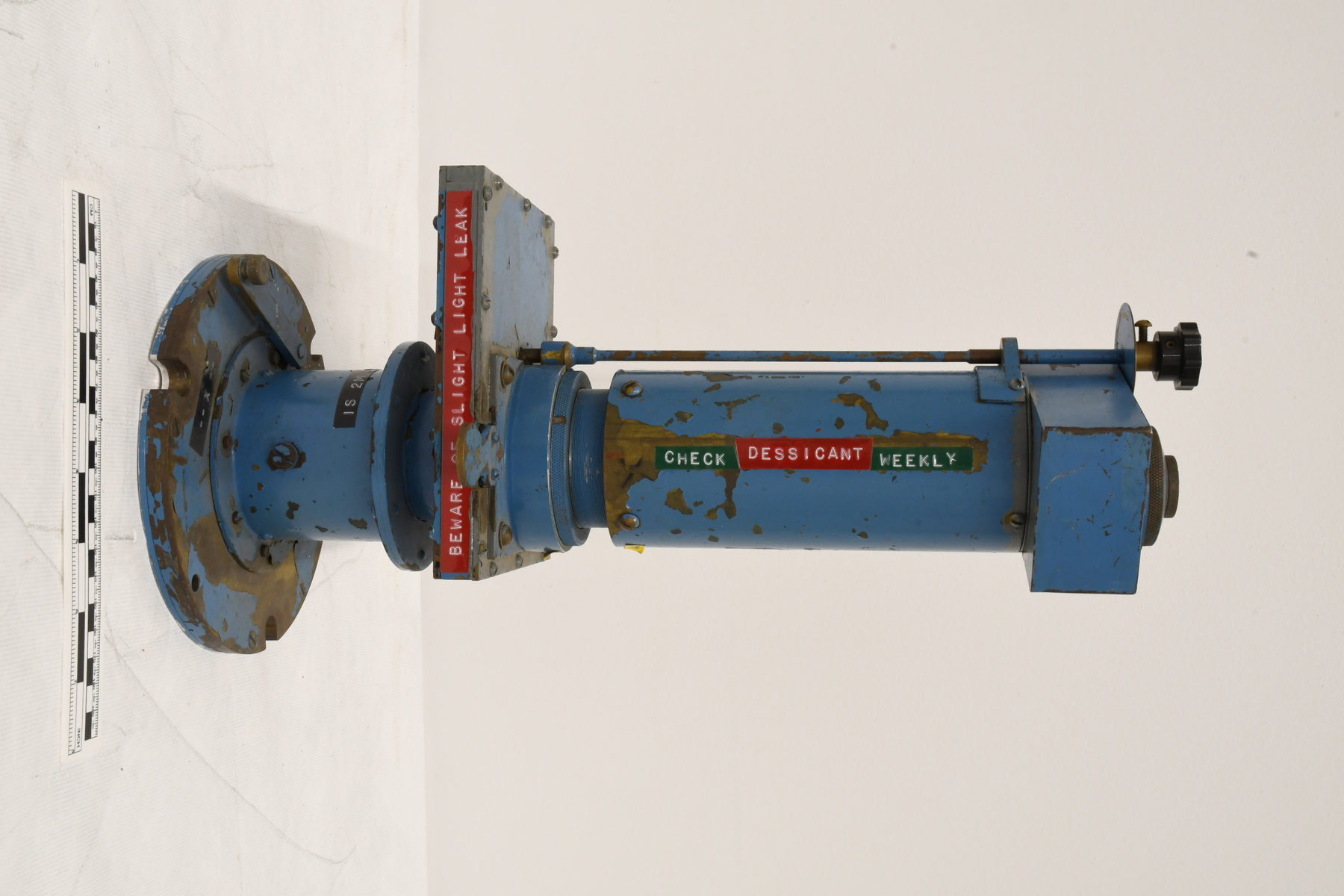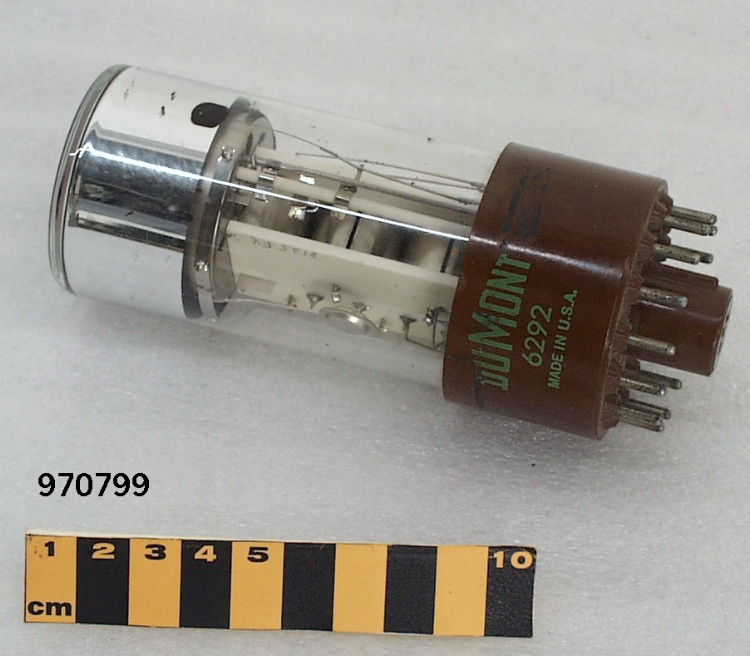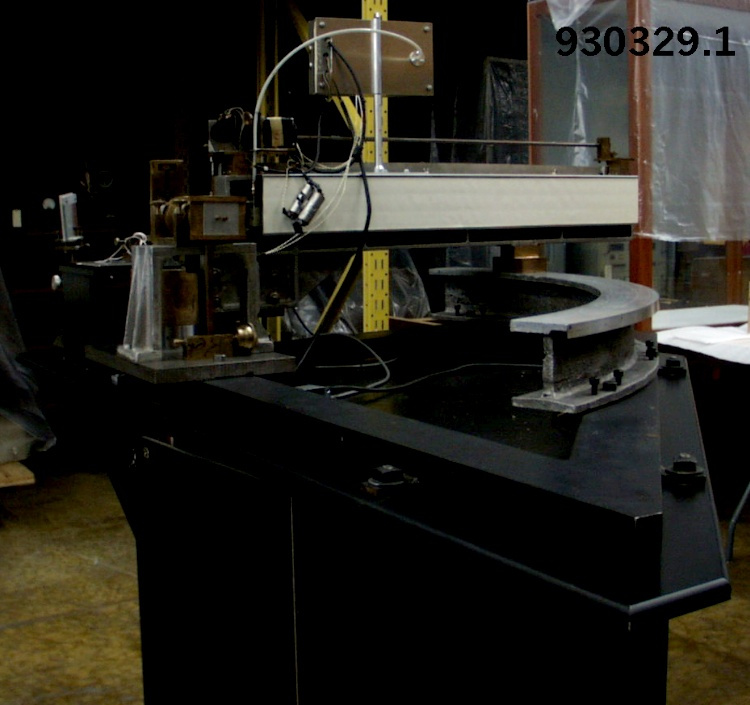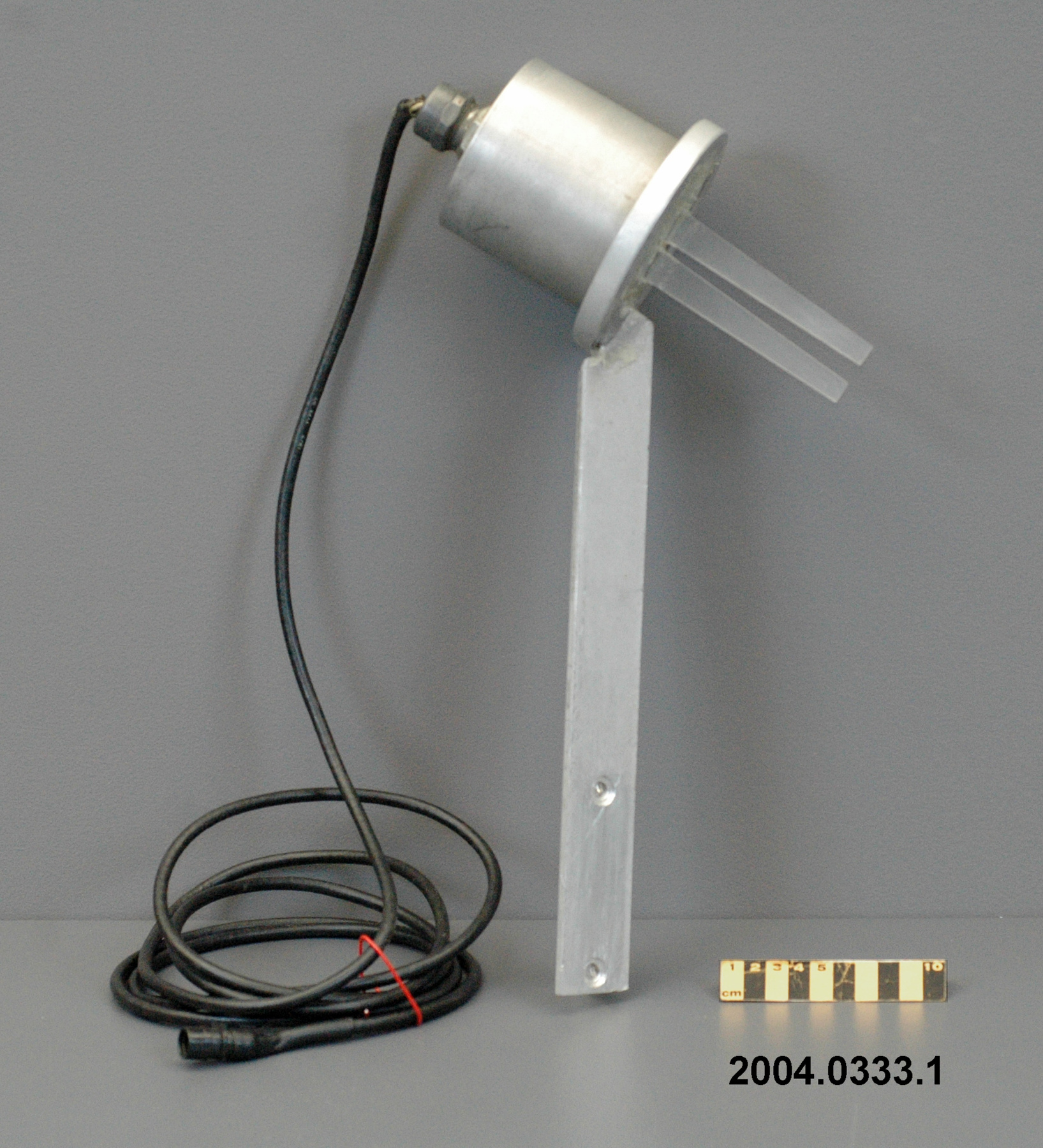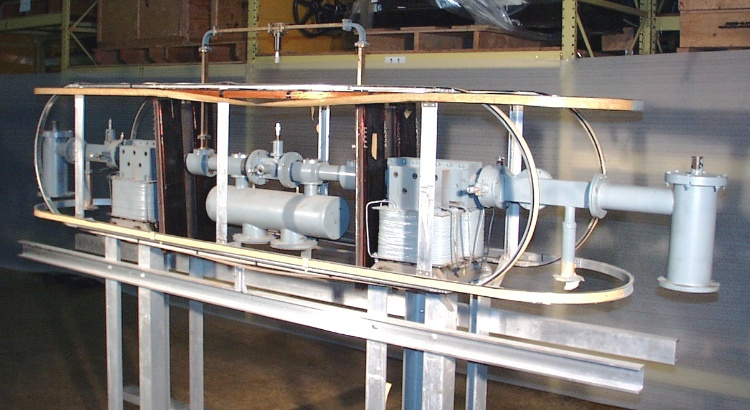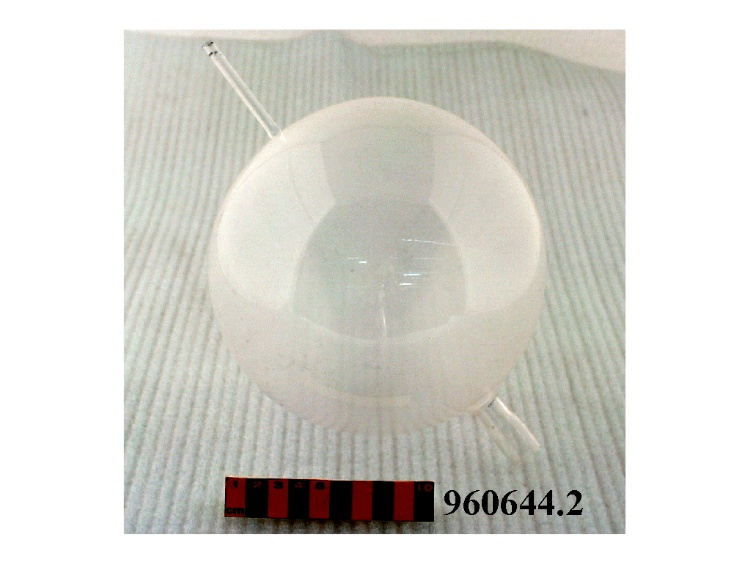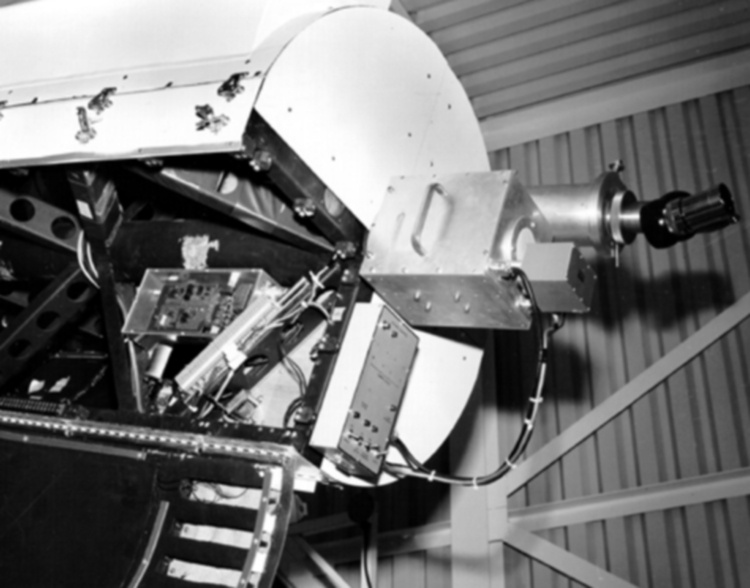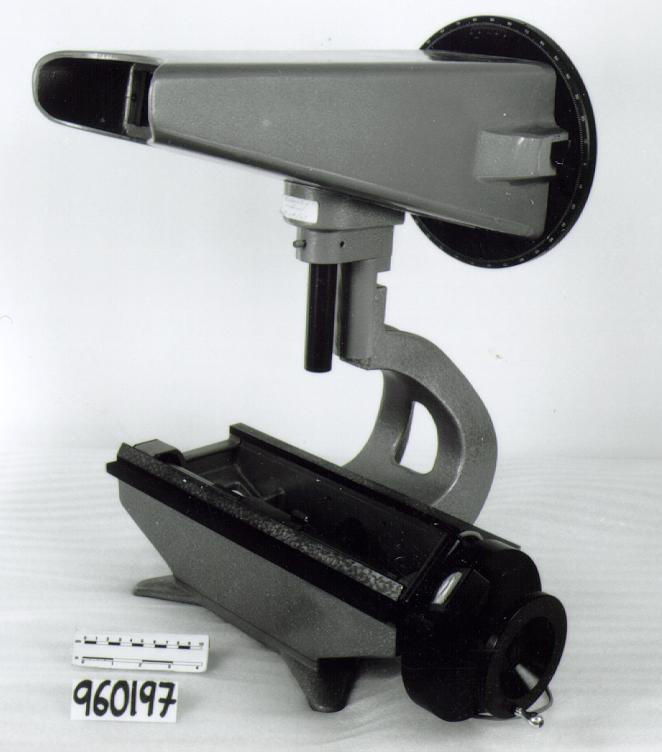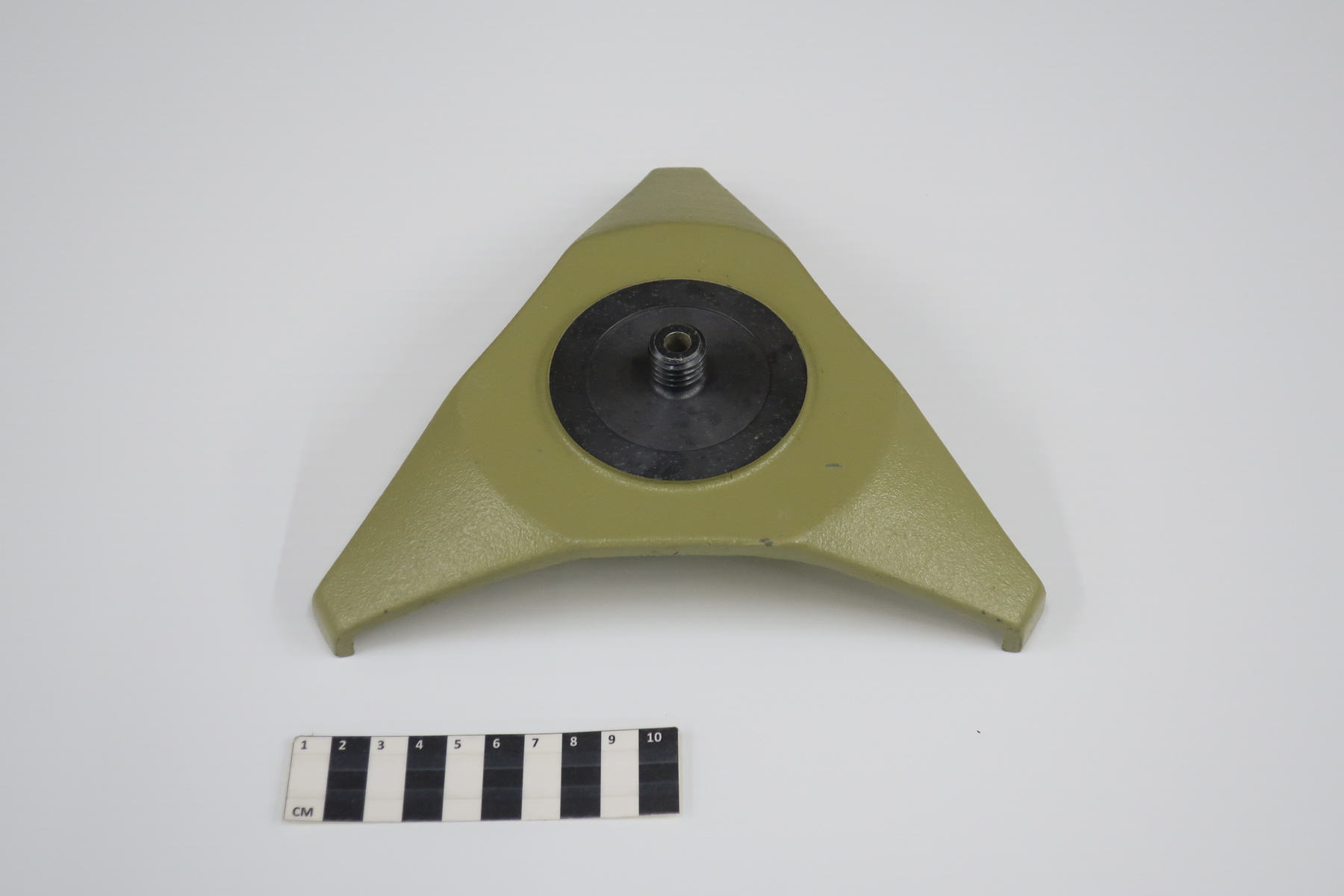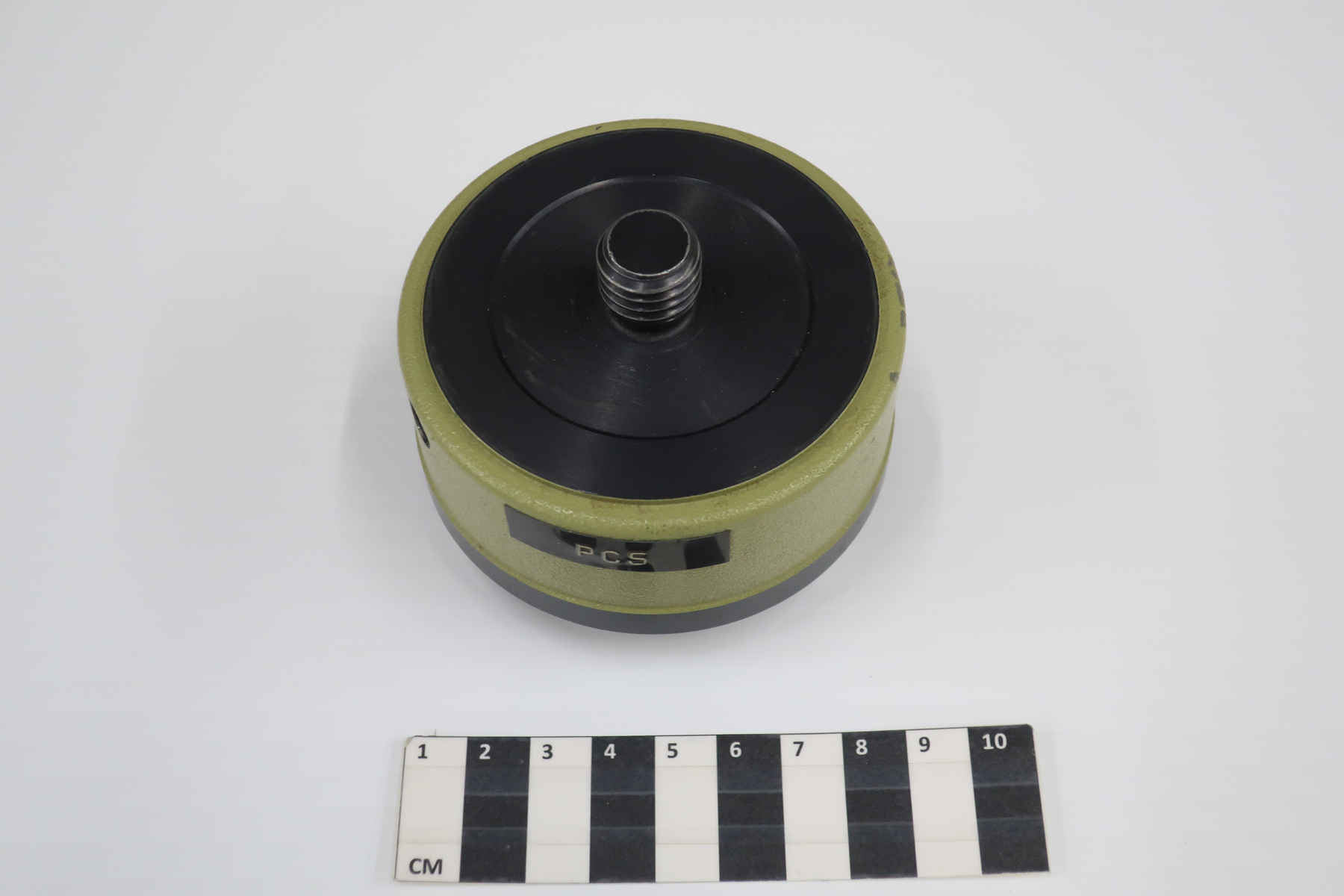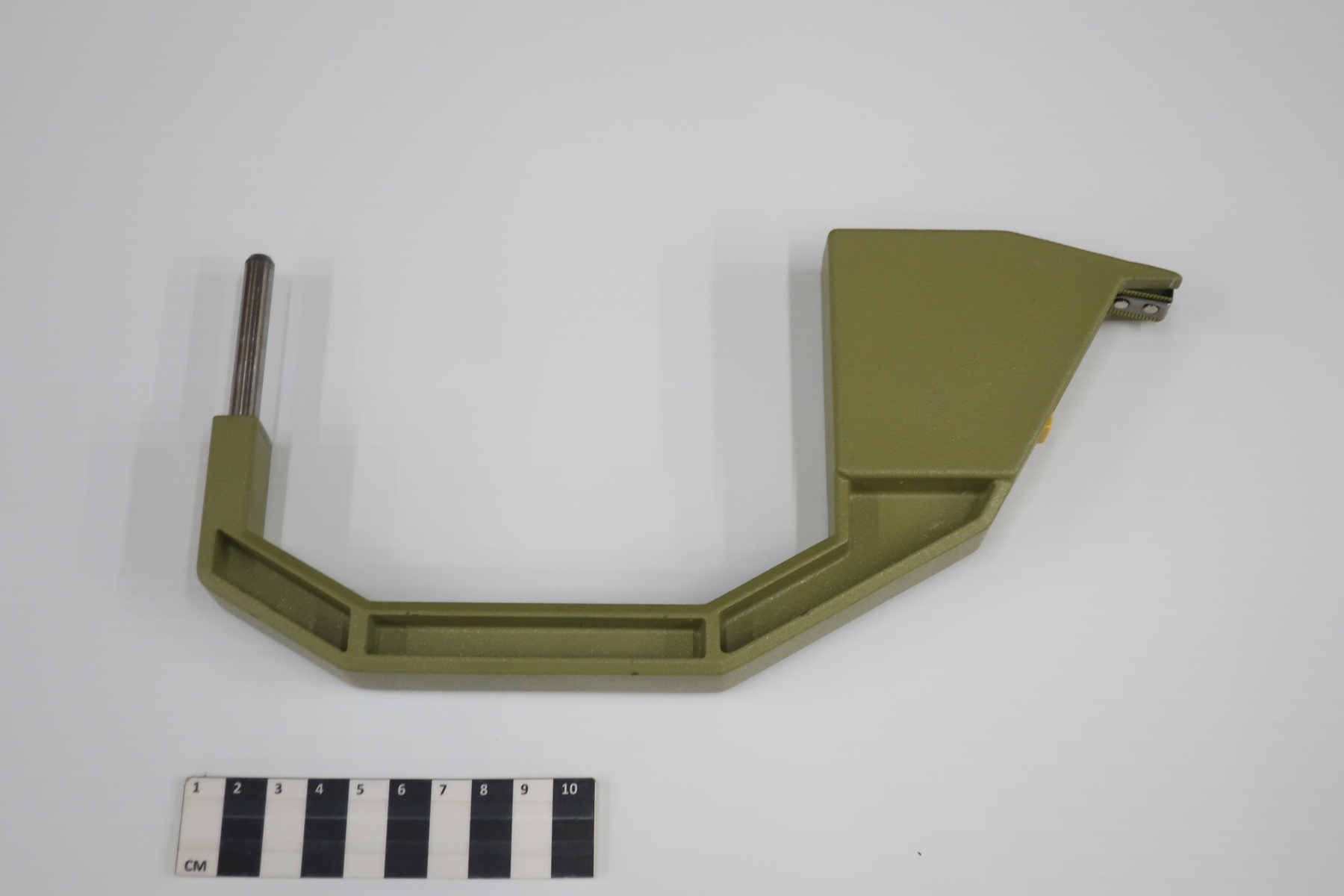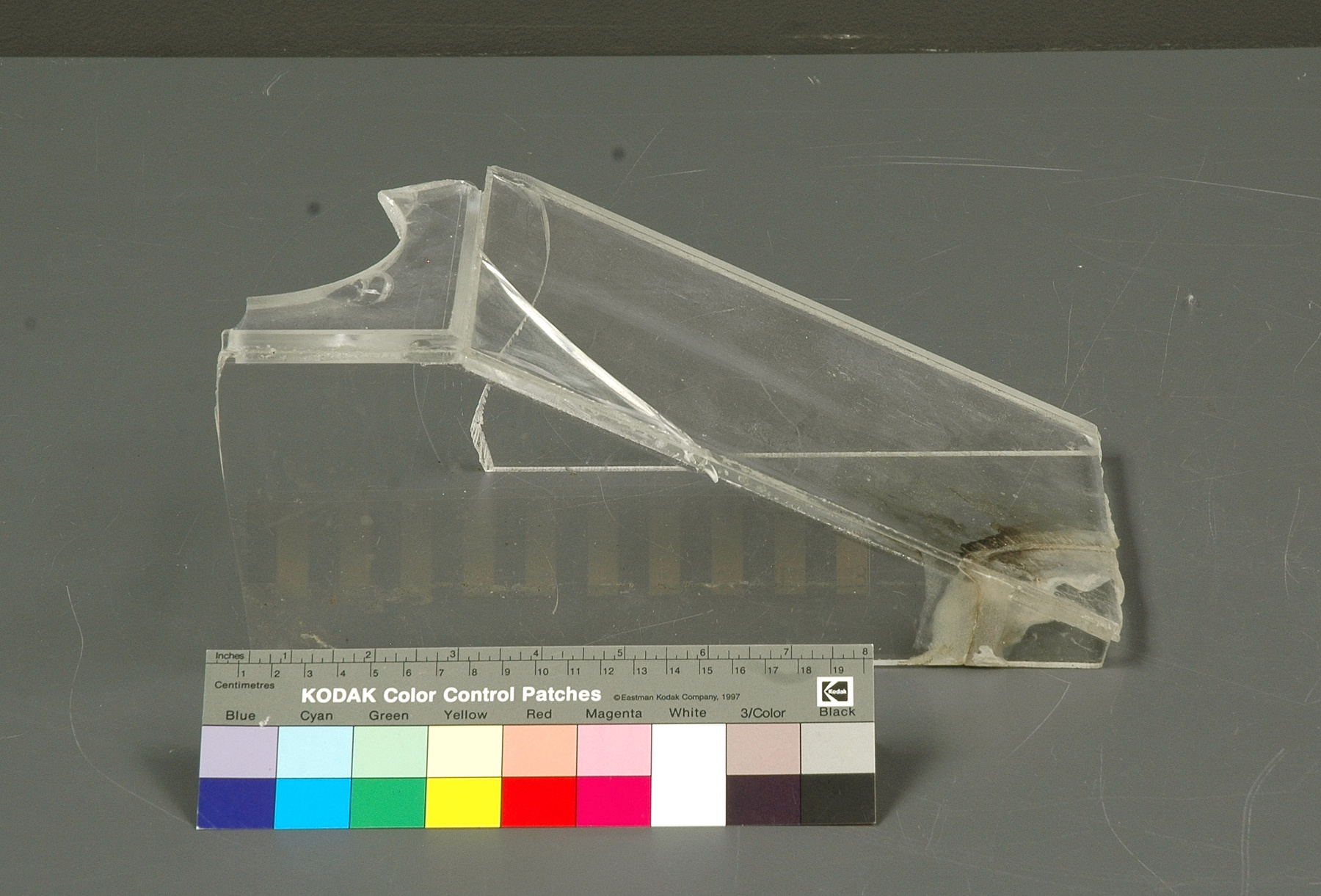Instrument part
Use this image
Can I reuse this image without permission? Yes
Object images on the Ingenium Collection’s portal have the following Creative Commons license:
Copyright Ingenium / CC BY-NC-ND (Attribution-NonCommercial 4.0 International (CC BY-NC 4.0)
ATTRIBUTE THIS IMAGE
Ingenium,
2015.0066.005
Permalink:
Ingenium is releasing this image under the Creative Commons licensing framework, and encourages downloading and reuse for non-commercial purposes. Please acknowledge Ingenium and cite the artifact number.
DOWNLOAD IMAGEPURCHASE THIS IMAGE
This image is free for non-commercial use.
For commercial use, please consult our Reproduction Fees and contact us to purchase the image.
- OBJECT TYPE
- N/A
- DATE
- 1982
- ARTIFACT NUMBER
- 2015.0066.005
- MANUFACTURER
- Unknown
- MODEL
- Home Built
- LOCATION
- Unknown
More Information
General Information
- Serial #
- N/A
- Part Number
- 5
- Total Parts
- 19
- AKA
- Exhaust hood part
- Patents
- N/A
- General Description
- Clear synthetic (possibly acrylic)
Dimensions
Note: These reflect the general size for storage and are not necessarily representative of the object's true dimensions.
- Length
- 27.8 cm
- Width
- 15.2 cm
- Height
- 11.8 cm
- Thickness
- N/A
- Weight
- N/A
- Diameter
- N/A
- Volume
- N/A
Lexicon
- Group
- Astronomy
- Category
- Research
- Sub-Category
- N/A
Manufacturer
- AKA
- Unknown
- Country
- Unknown
- State/Province
- Unknown
- City
- Unknown
Context
- Country
- Canada
- State/Province
- British Columbia
- Period
- Unknown
- Canada
-
In the mid-80s, Gordon Walker, B. Campbell and S. Yang from University of British Columbia, pioneered a new technique for measuring radial velocities of stars with unprecedented accuracy. Their spectrograph and Hydrogen-Fluoride (HF) cell combination (inspired by G. Herzberg, Nobel Prize in chemistry) enabled Doppler shift measurements (radial velocities) with a precision of a few meters per second. This is an order of magnitude better than previous more traditional methods. Since then, this technology has been successfully used by other teams of astronomers to detect the first extra-solar planets. Walker was in the Dept. of Geophysics and Astronomy at the University of British Columbia and worked closely with staff (especially the tech staff during instrument development) at the Dominion Astrophysical Observatory in Victoria. Dr. Walker and his group at UBC were doing ground-breaking research with these devices and they were unique in Canada and rare world wide at the time. Two or three groups were experimenting with similar technology in the US and UK , but one of the major elements of Walker's research was to verify the accuracy of the systems compared to traditional techniques. (From Acquisition Proposal, Ref. 1) - Function
-
To direct escaping fumes or gases to an exhaust system. - Technical
-
Previous to Walker’s invention, there were no instruments with enough resolution to detect gravitational effects on a star by a nearby, orbiting invisible planet. Scientists needed to detect and measure extremely small variations in the speed with which the star moved toward or away from Earth. Walker developed a way to amplify and measure the “radial velocity” of the star through Doppler effects of the star’s spectral lines. This came to be called the “radial velocity method.” Walker’s shift to CCD (Charge-Coupled Device) technologies was pivotal. In a recent conversation with Walker, he stated how surprised that he was to find astrophysicists at the DAO still using glass plates to study and measure astronomical phenomena. He developed the absorption cell to study the spectral lines with much greater precision and resolution. Walker’s 1970s development of the reticon device (2005.0039), a photodiode used to record images of astronomical phenomena, represented a major step from traditional photography based astronomical research and the associated equipment (e.g. microdensitometer (1998.0275) and the Cuffy Iris photometer) towards CCD-based astronomical detectors. Its use enabled a large improvement in detector sensitivity and precision and made possible detection of rapid changes in astronomical spectra. The reticon was used with a spectrograph to determine the velocity shifts of spectral lines in stars and was a much more rapid method and with higher resolution. Typical best radial velocity measurements at this time (ca. 1970) were about 1 km/s but with the reticon, Dr. Walker and his collaborators achieved measurements of the order of 100 m/s. This technology with ever more improved detectors in the mid-1990s allowed astronomers to detect the first extra-solar system planet. By 2005, almost 200 have been discovered. (From Acquisition Proposal, Ref. 1) - Area Notes
-
Unknown
Details
- Markings
- None
- Missing
- Appears complete
- Finish
- Clear synthetic shell
- Decoration
- N/A
CITE THIS OBJECT
If you choose to share our information about this collection object, please cite:
Unknown Manufacturer, Instrument part, 1982, Artifact no. 2015.0066, Ingenium – Canada’s Museums of Science and Innovation, http://collections.ingeniumcanada.org/en/item/2015.0066.005/
FEEDBACK
Submit a question or comment about this artifact.
More Like This
